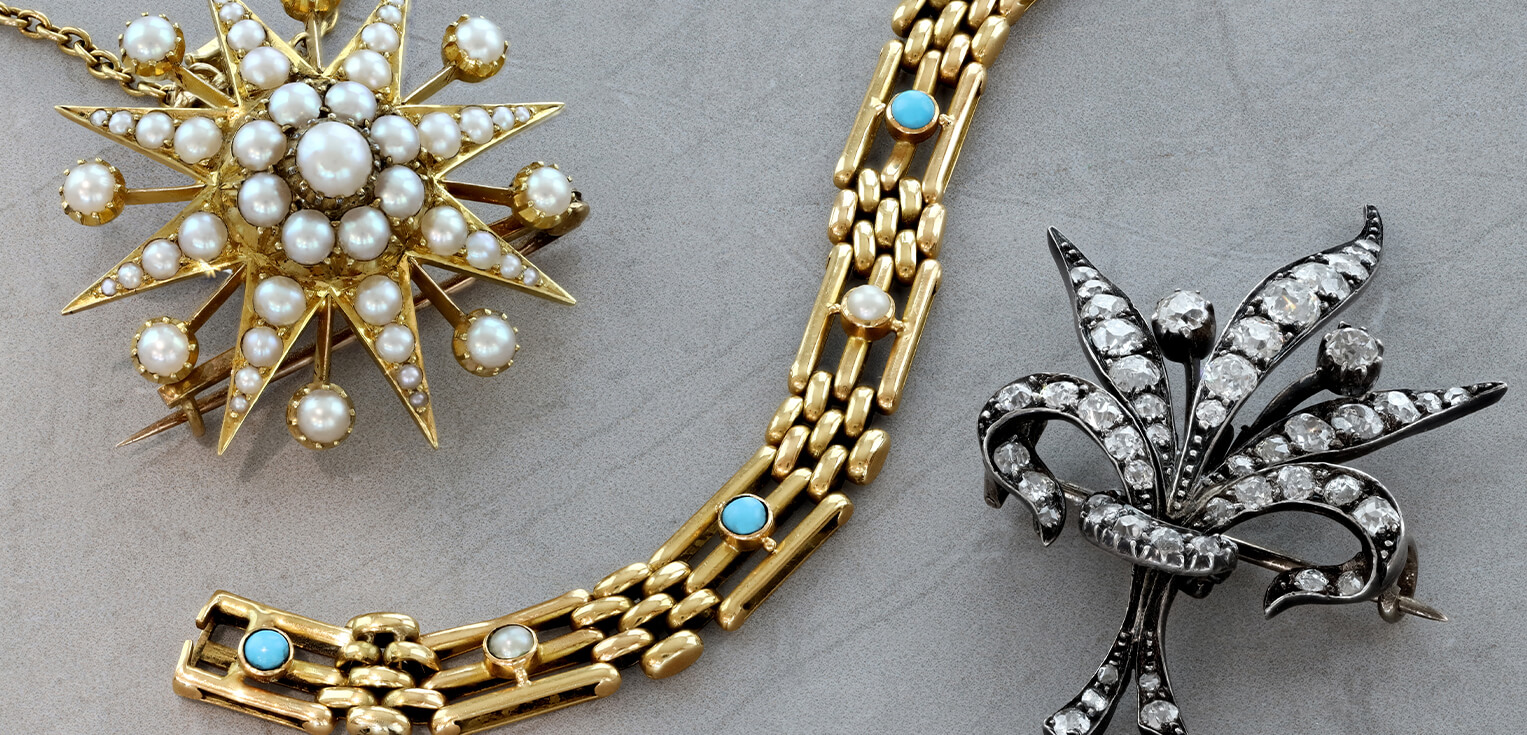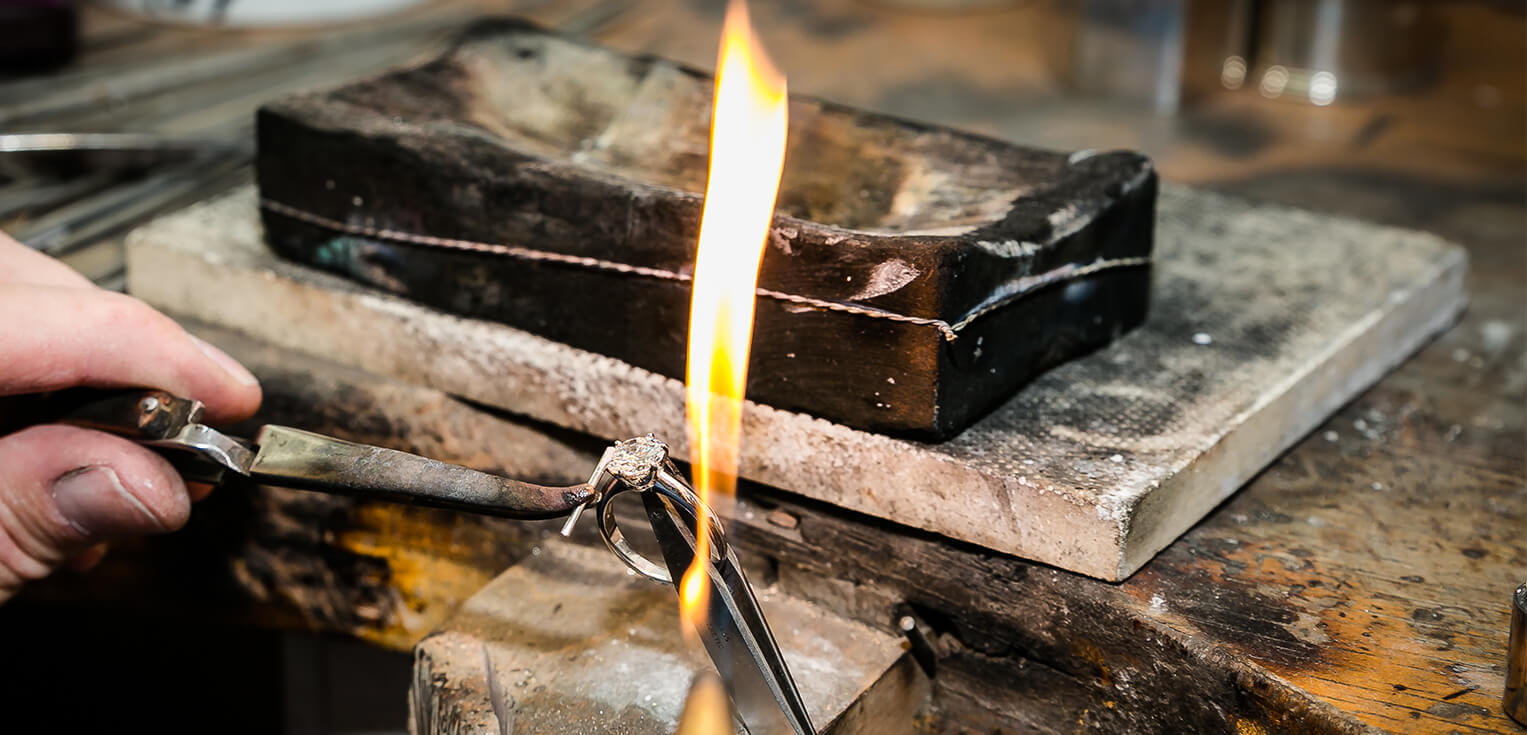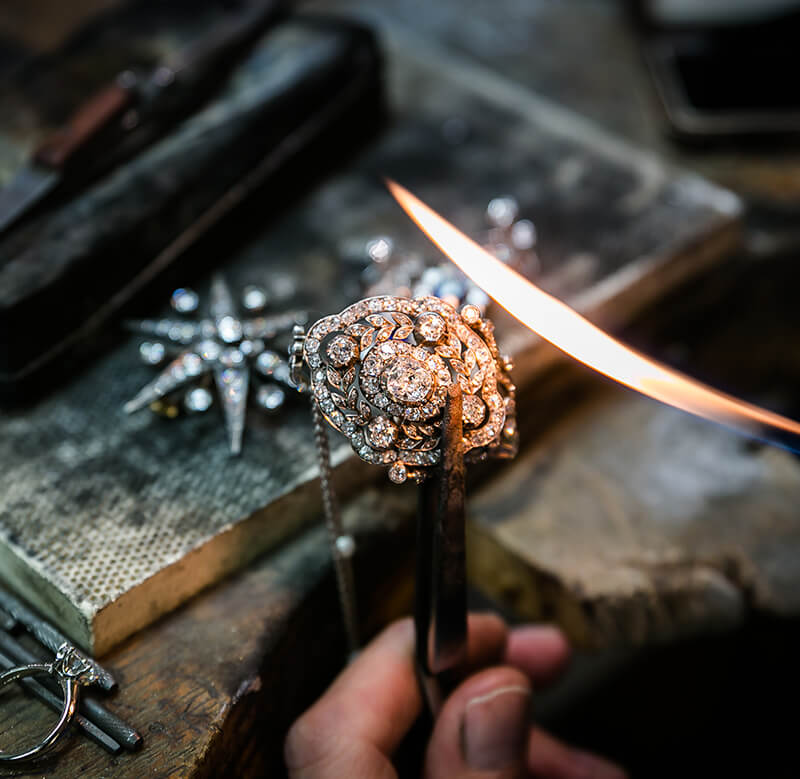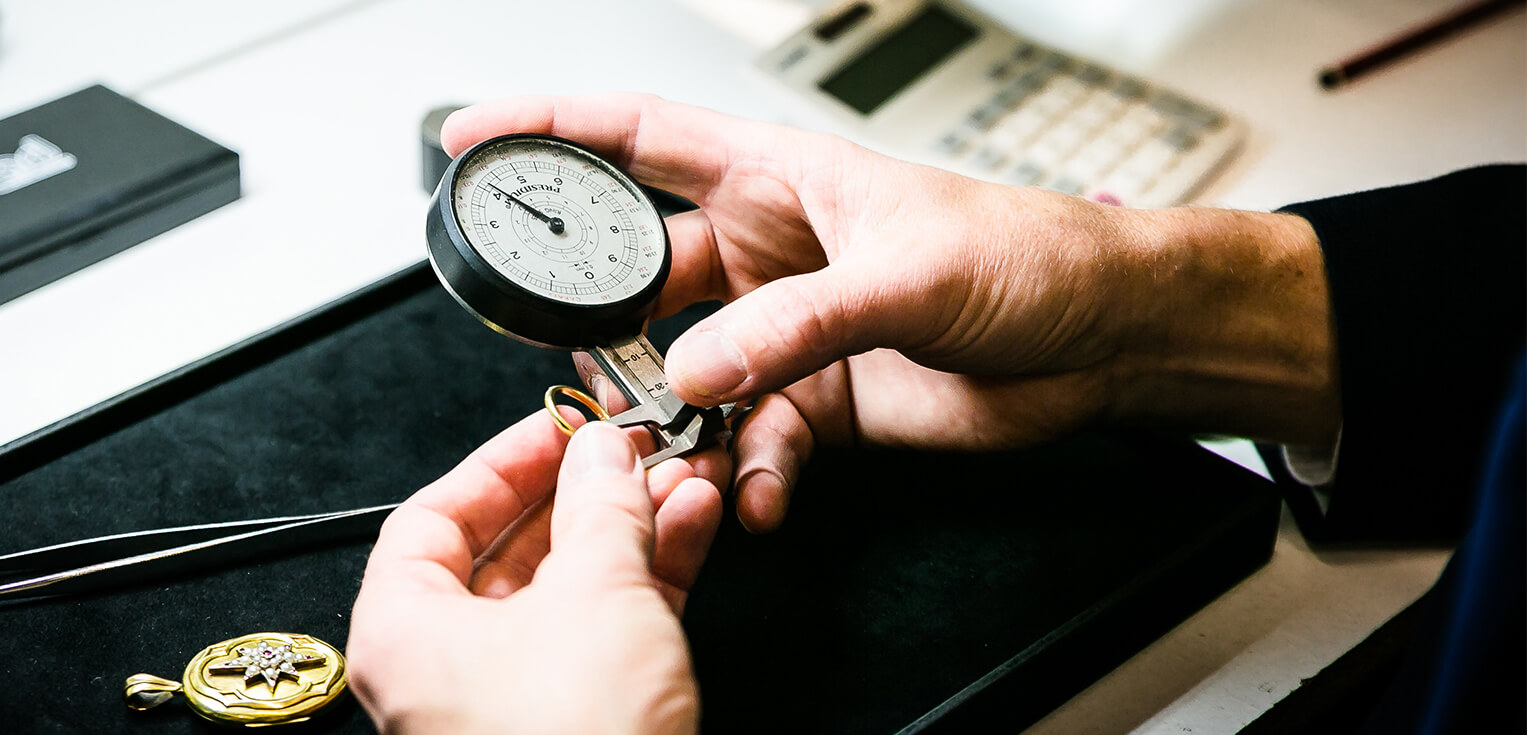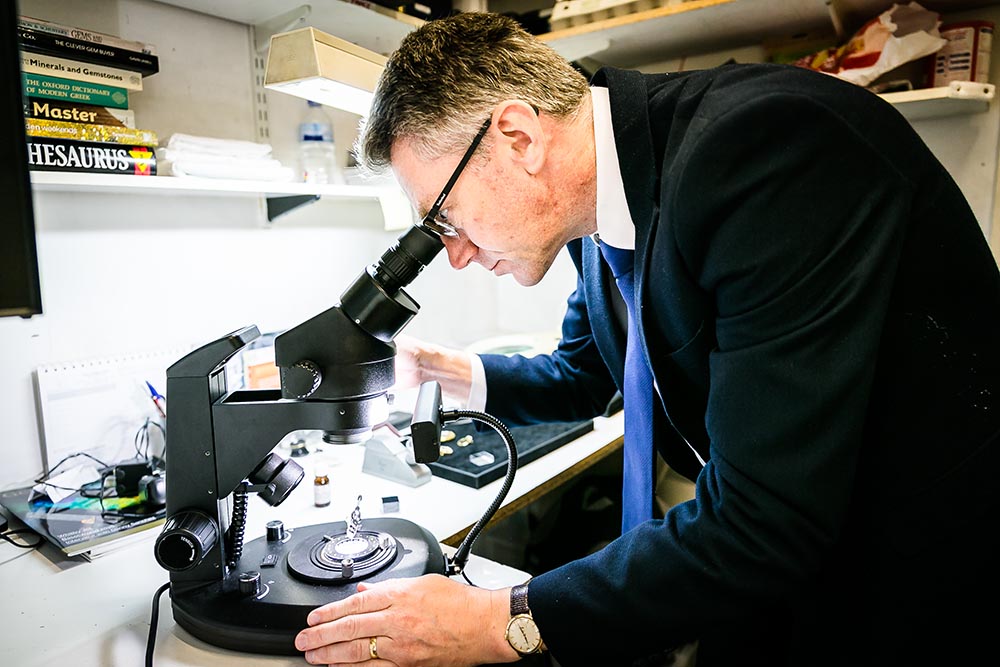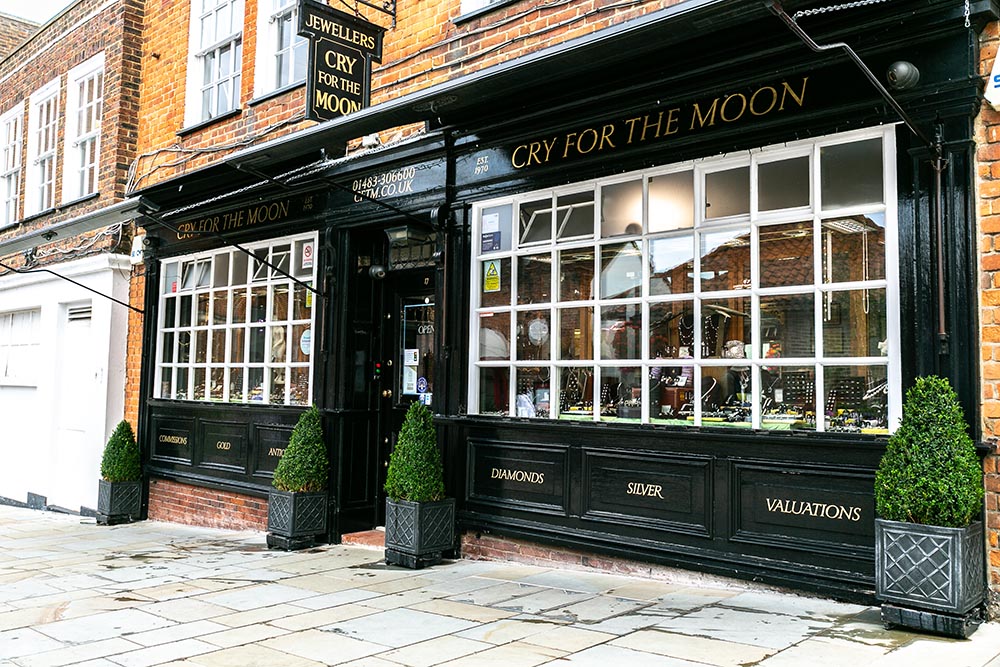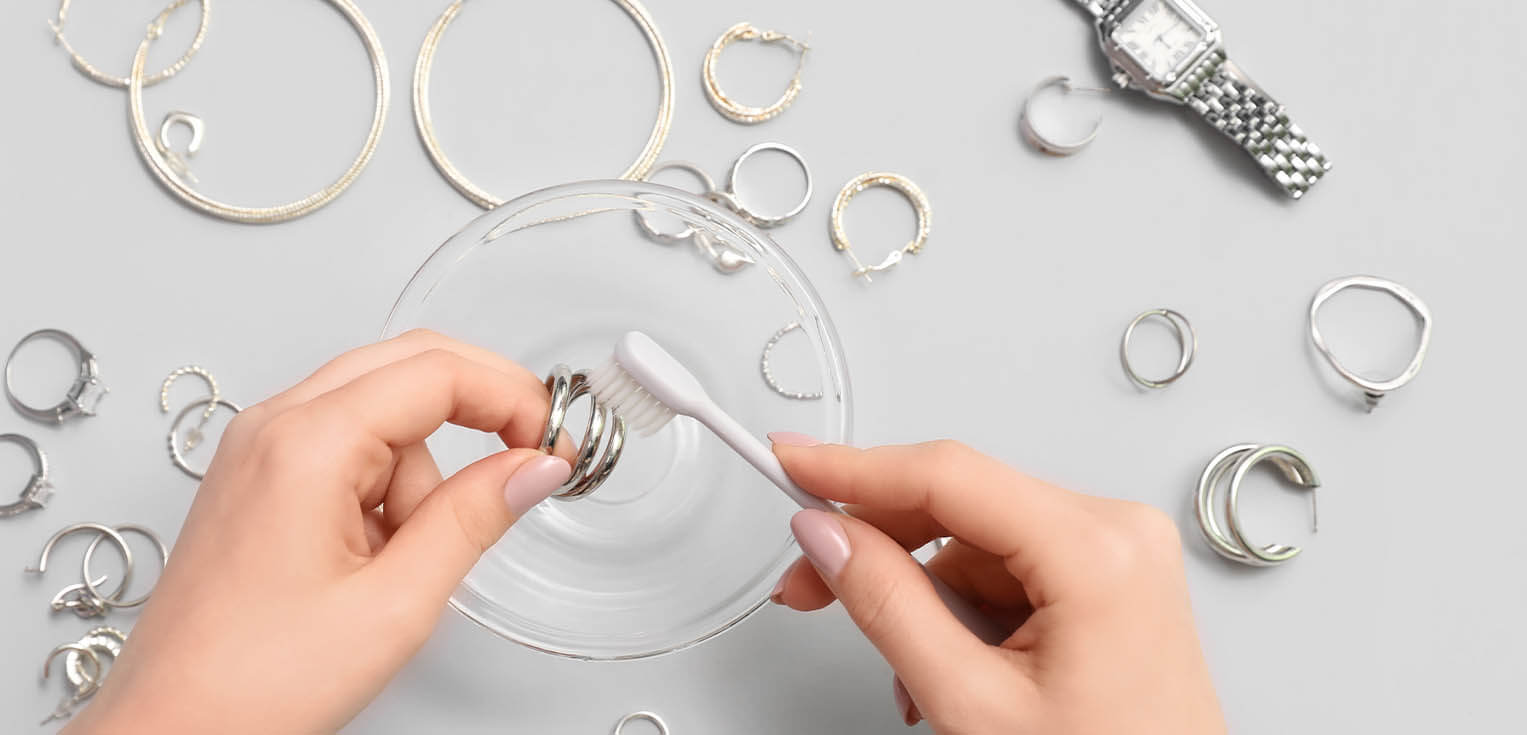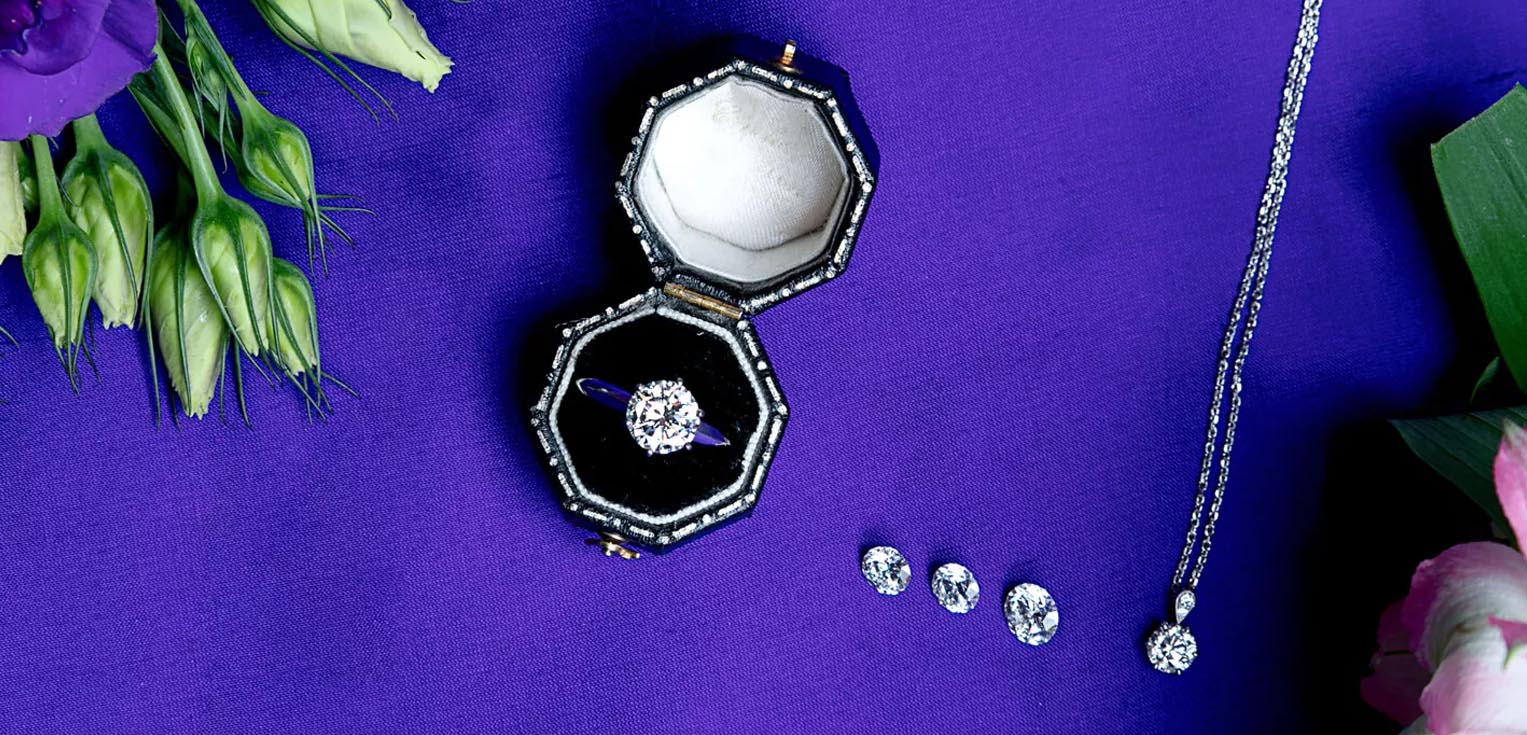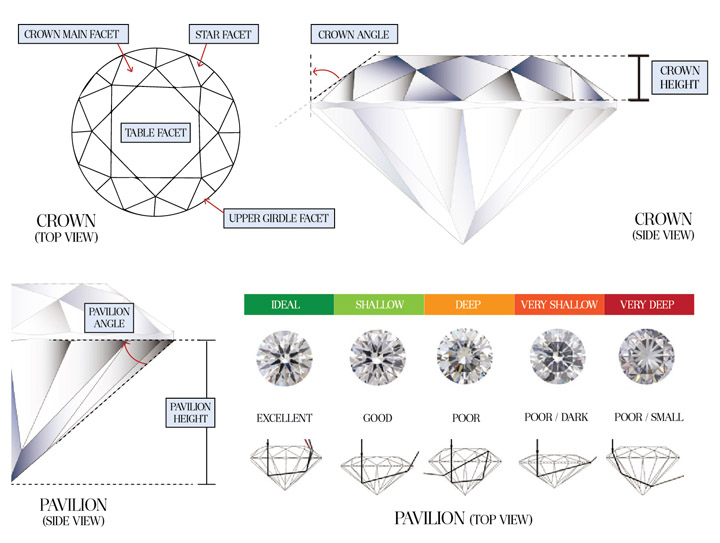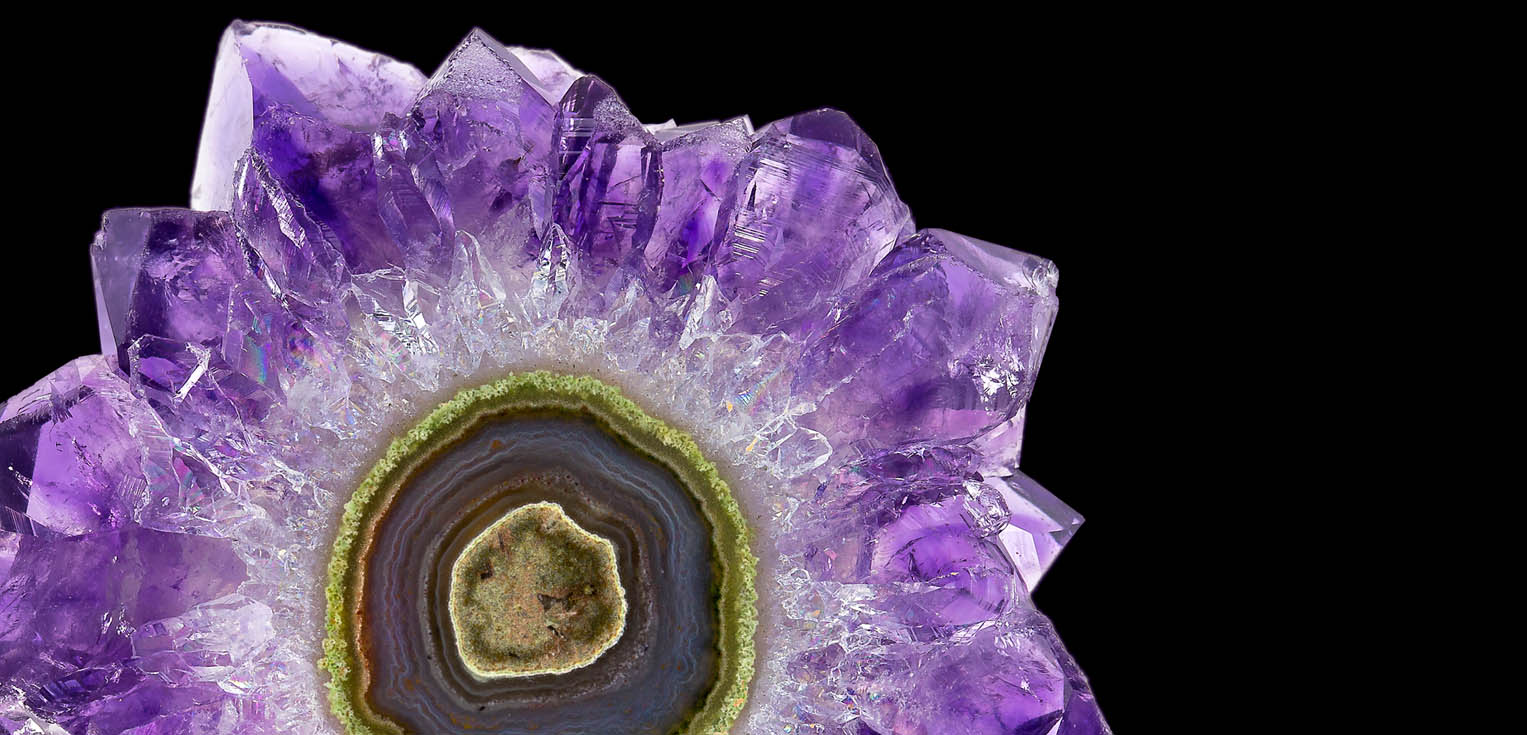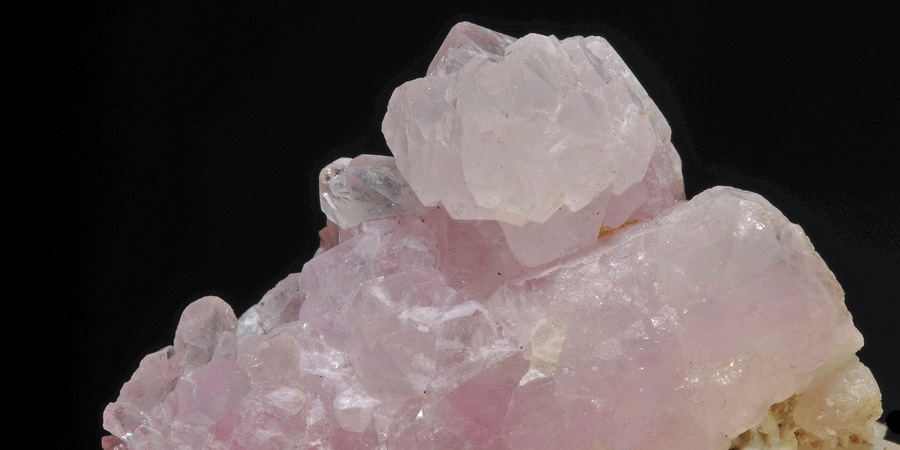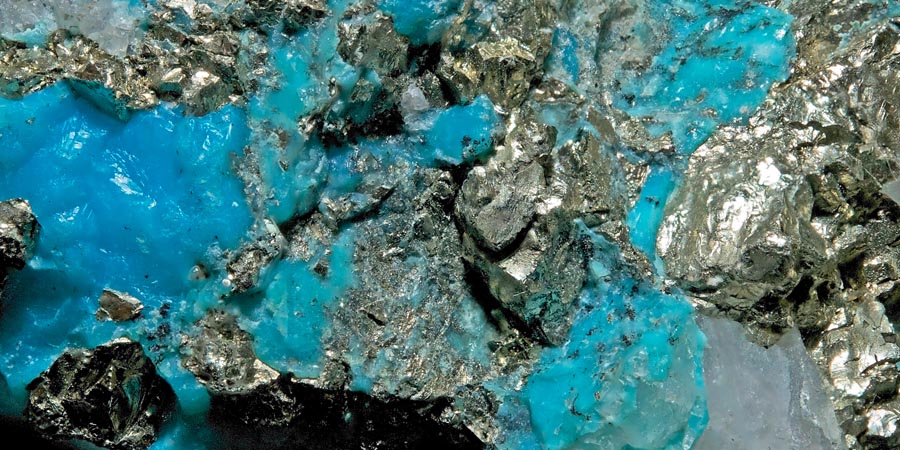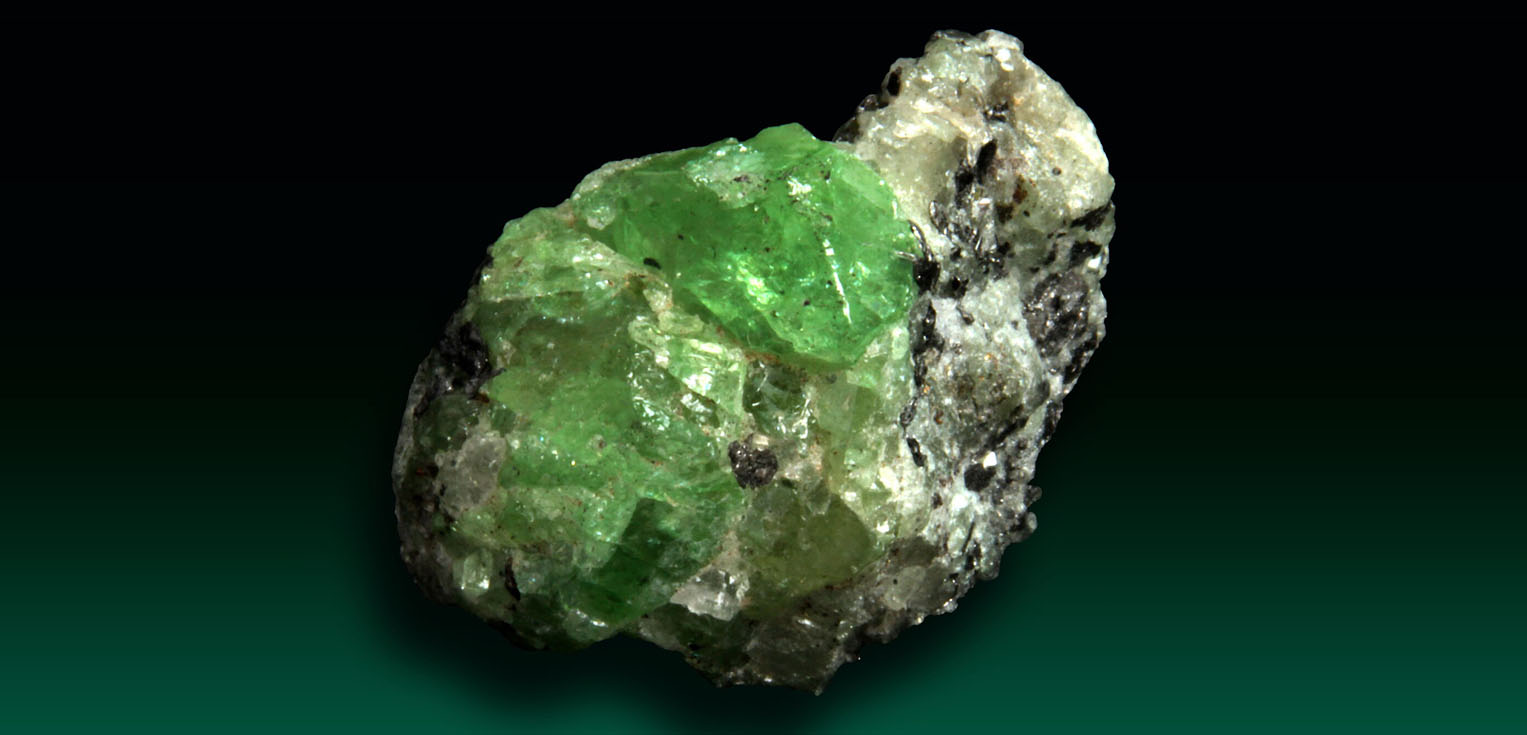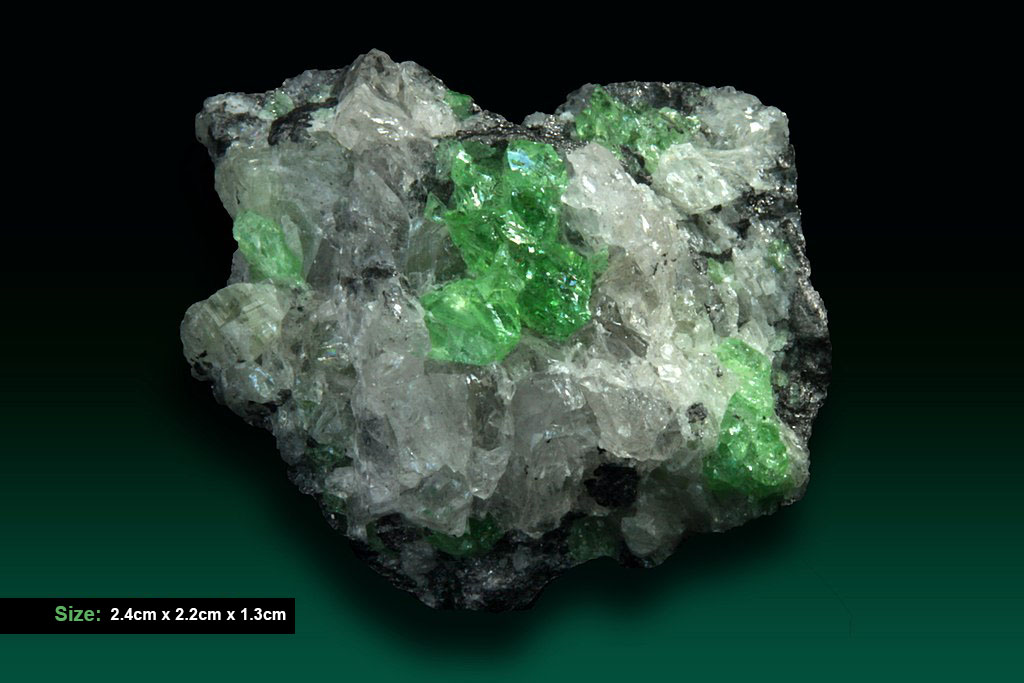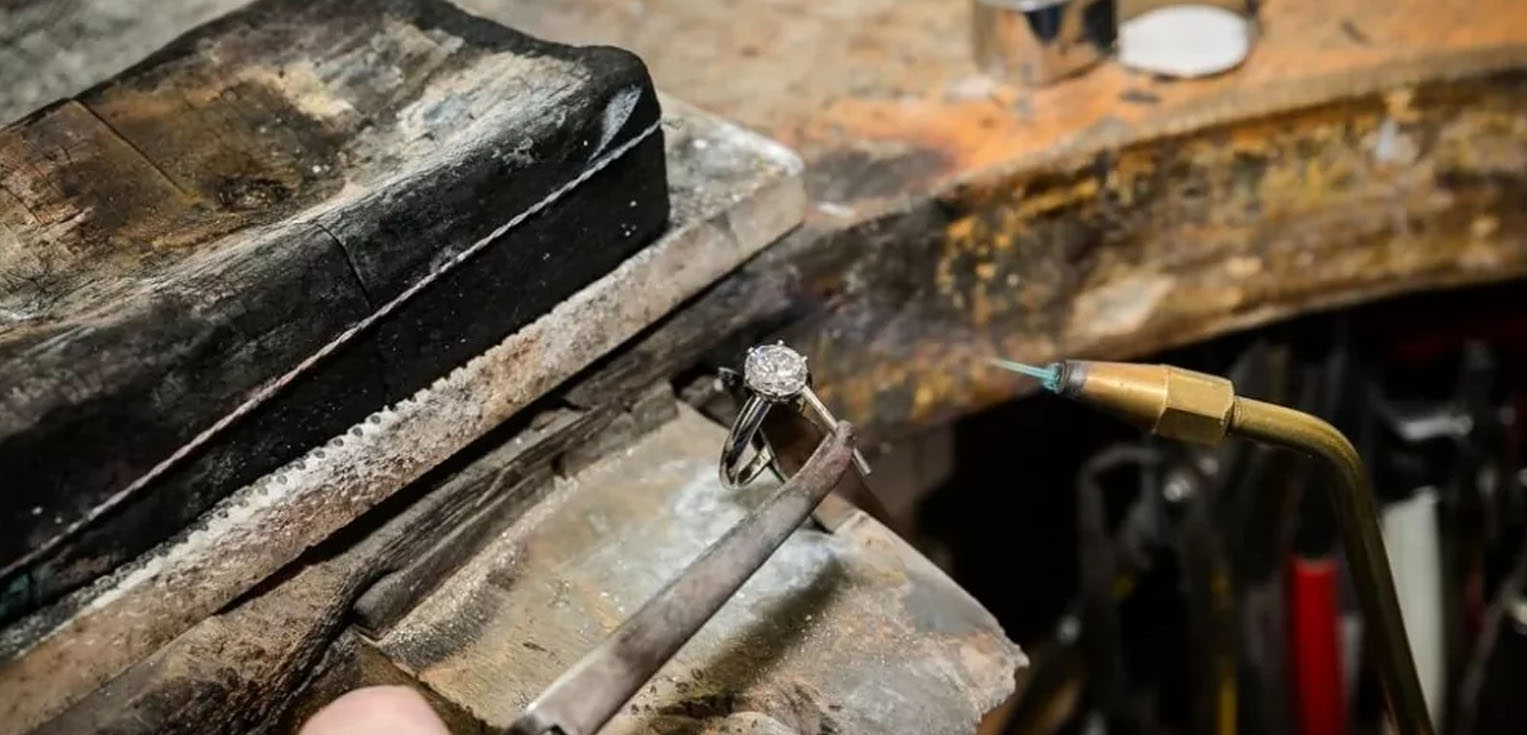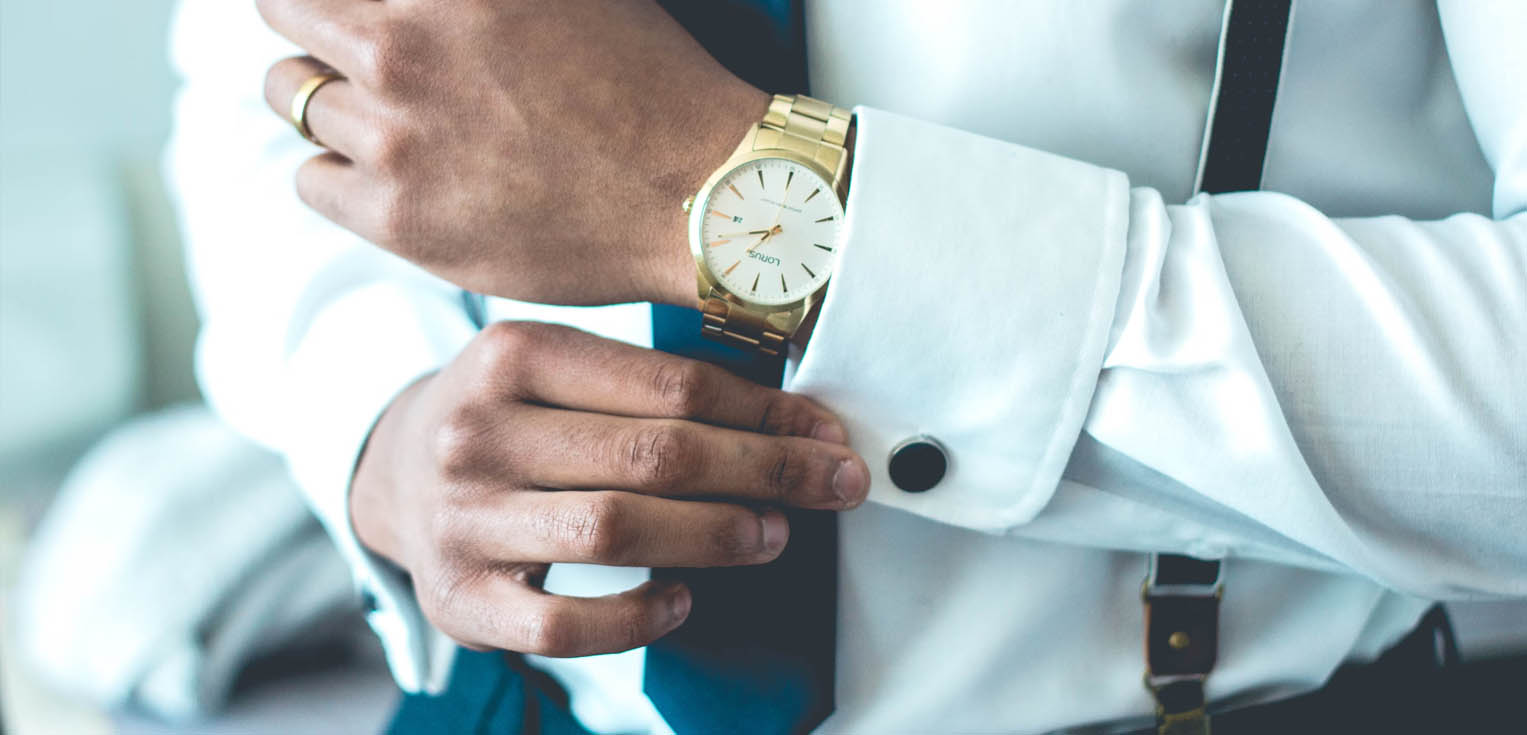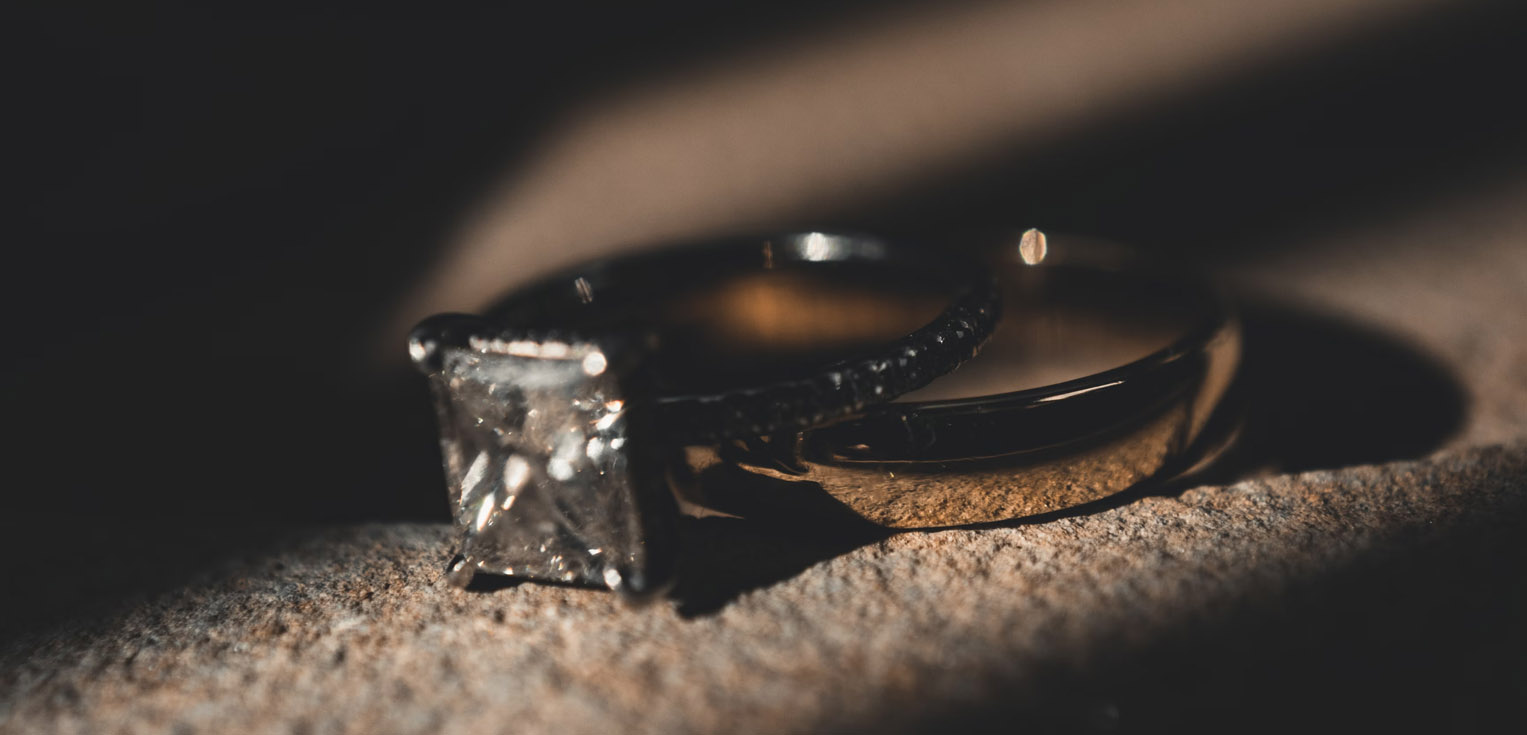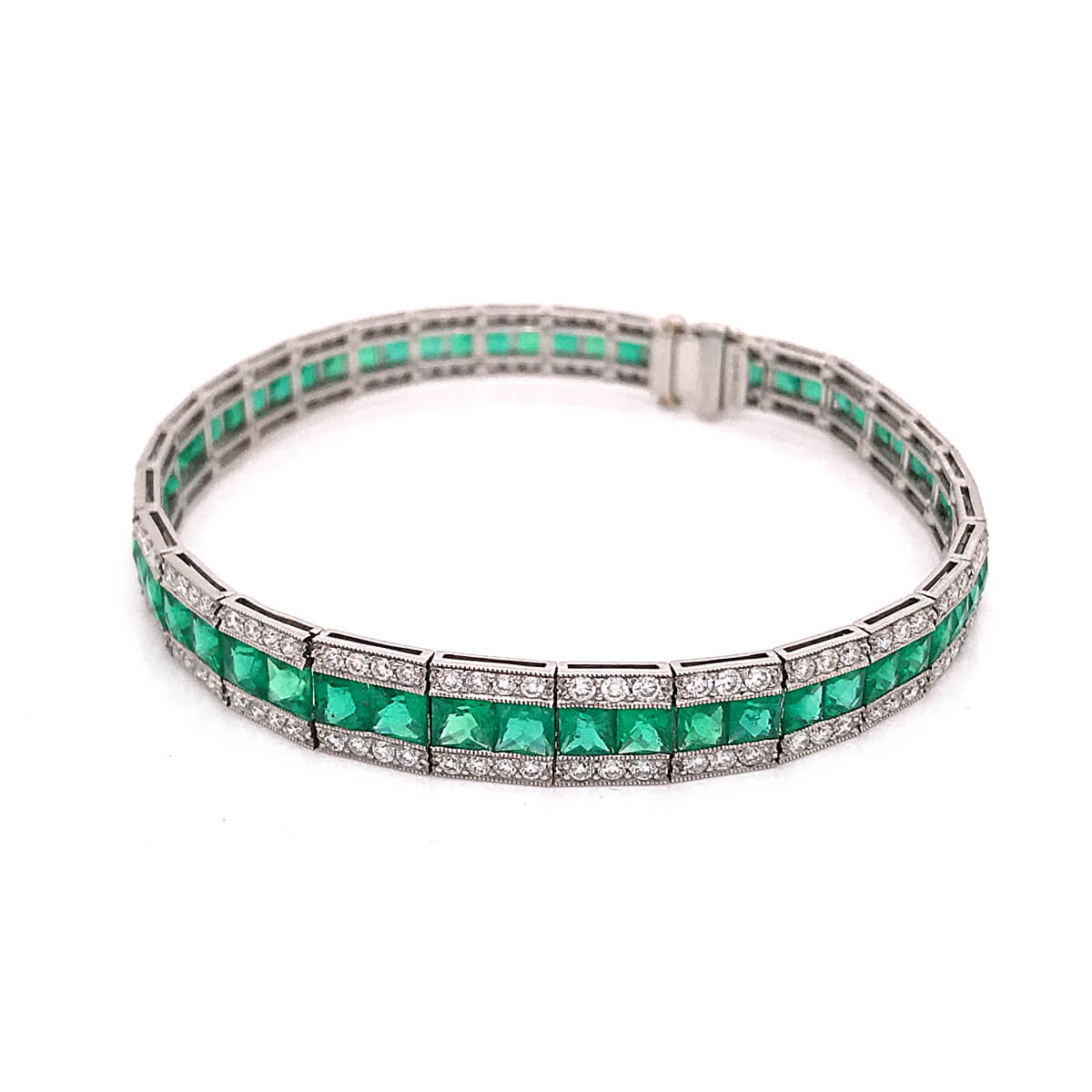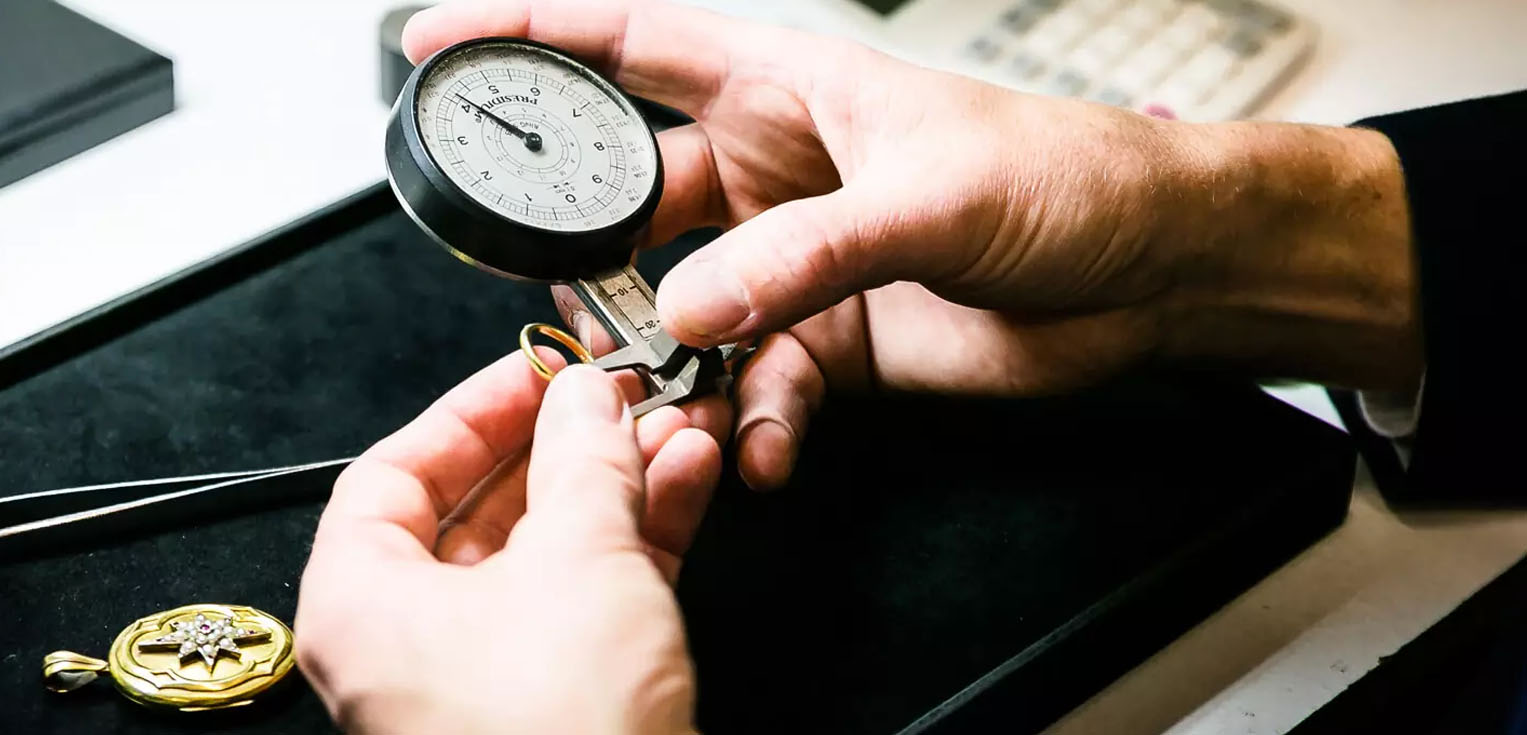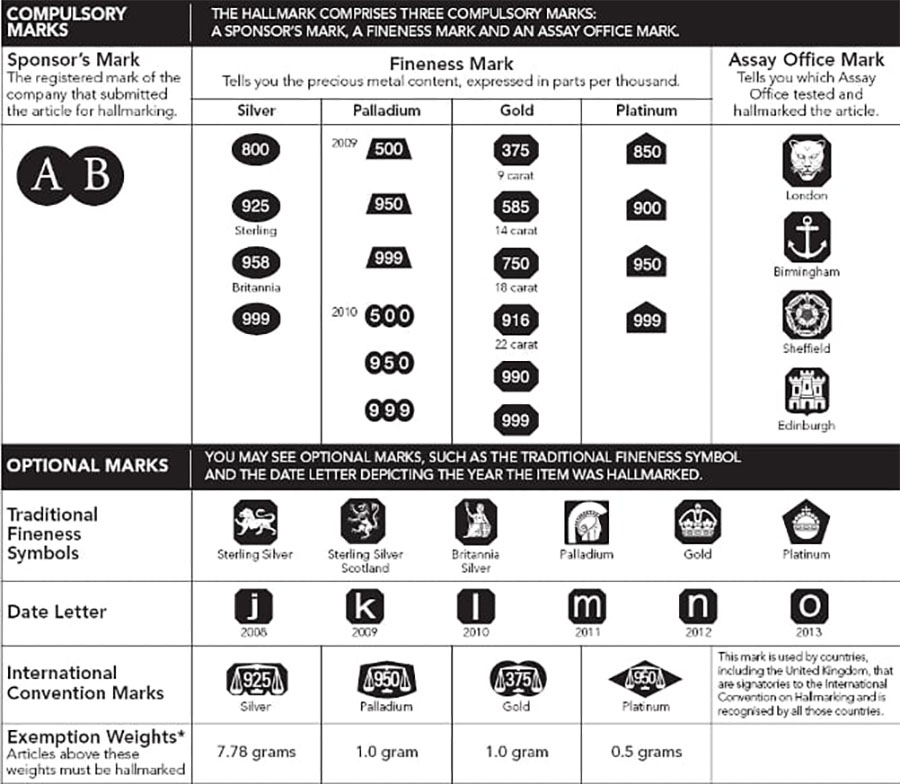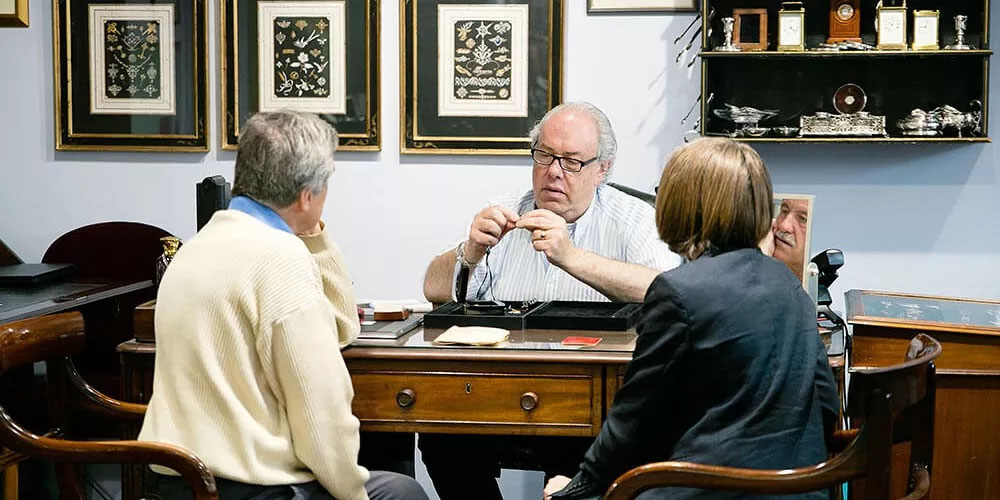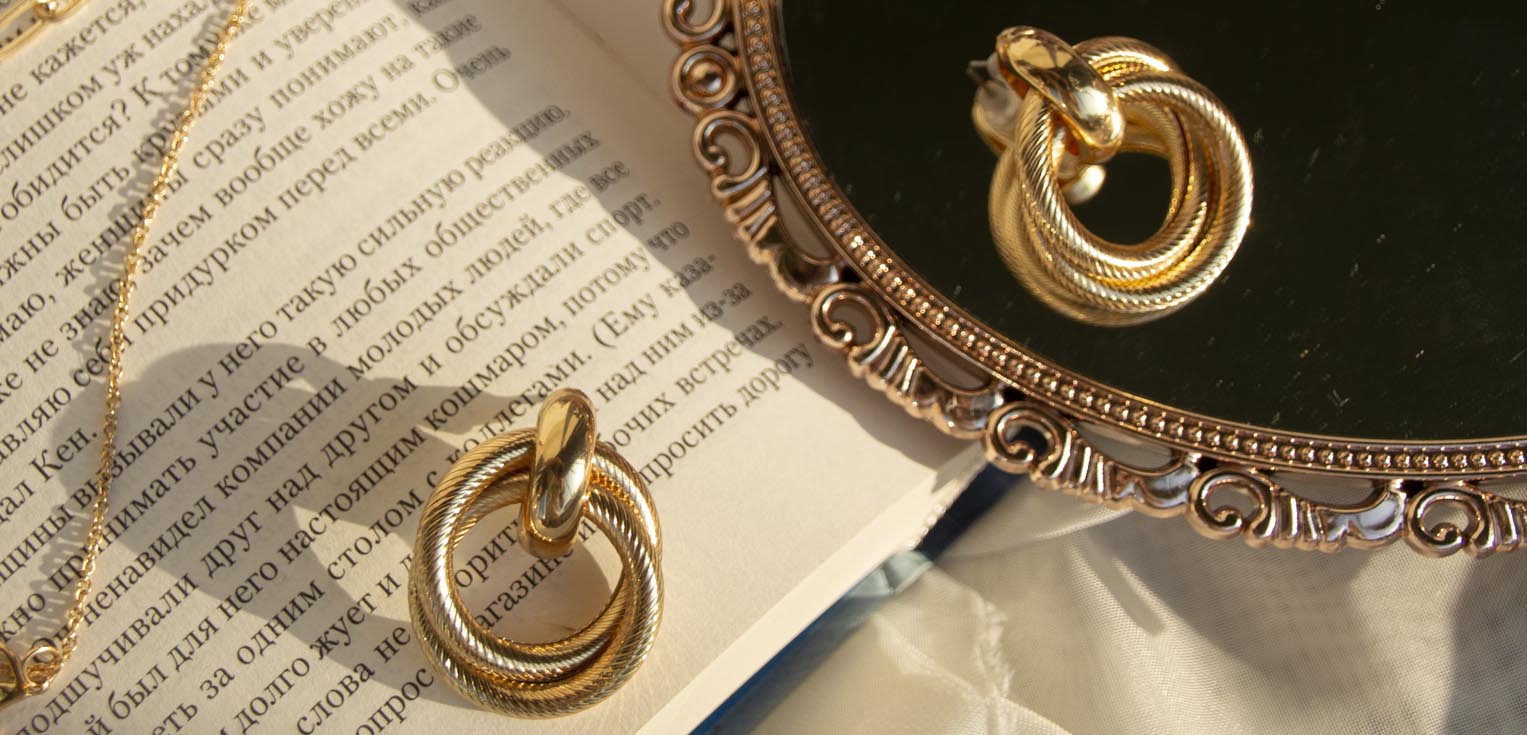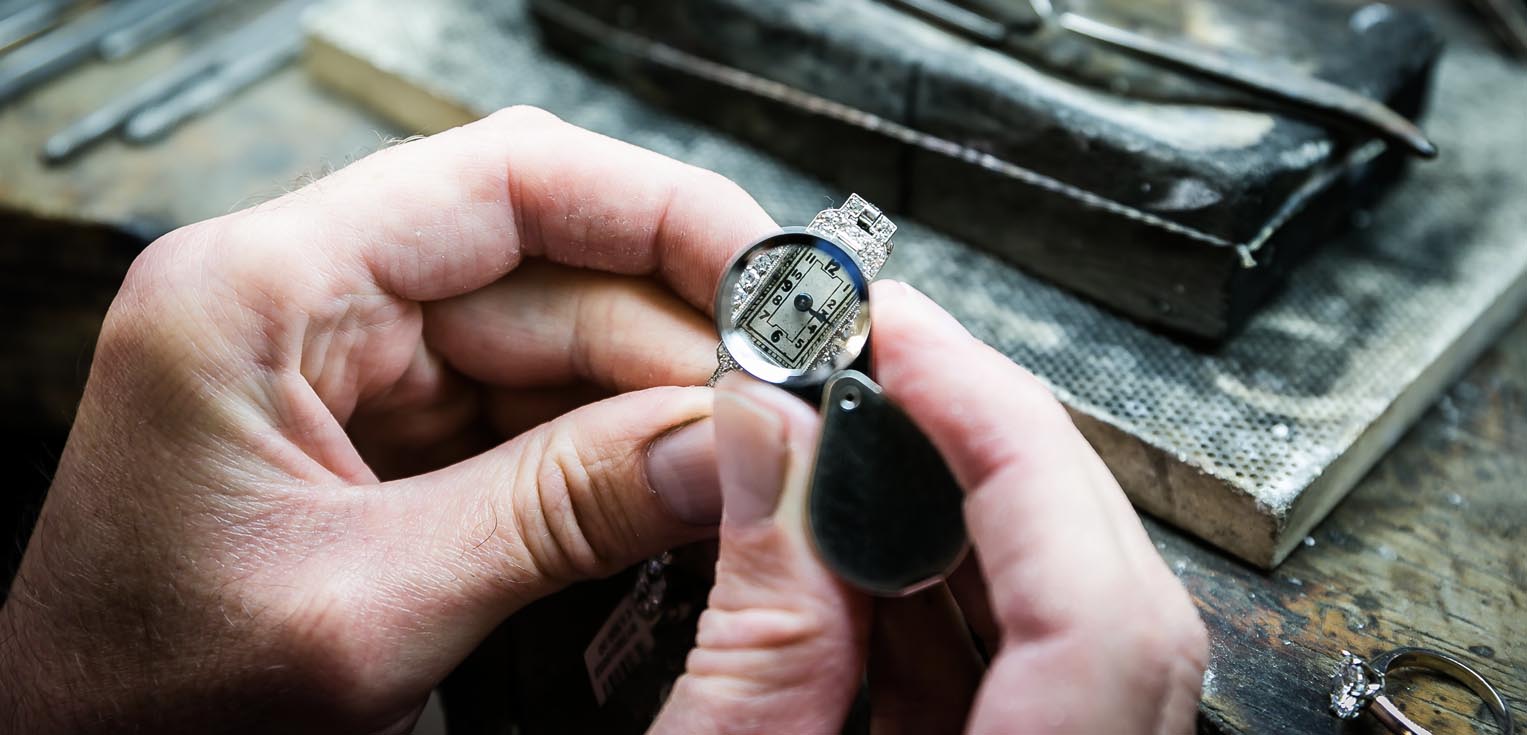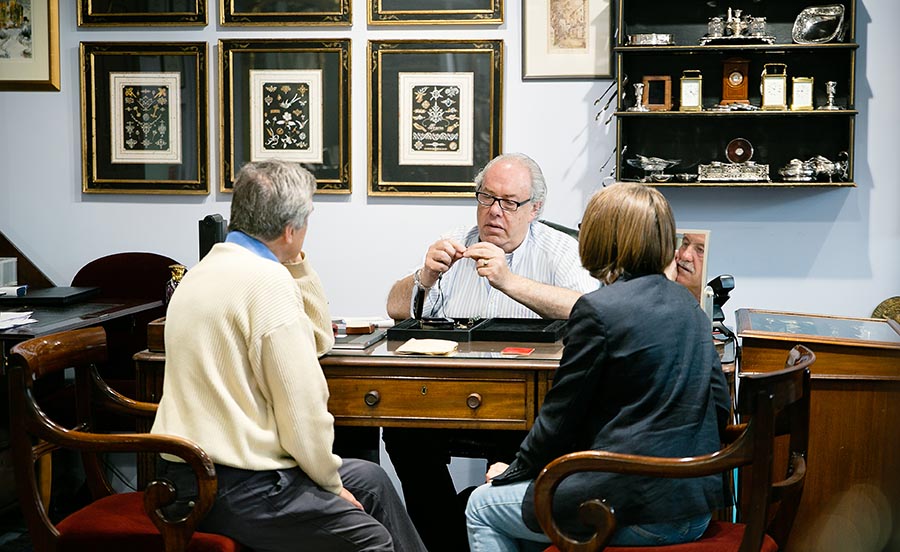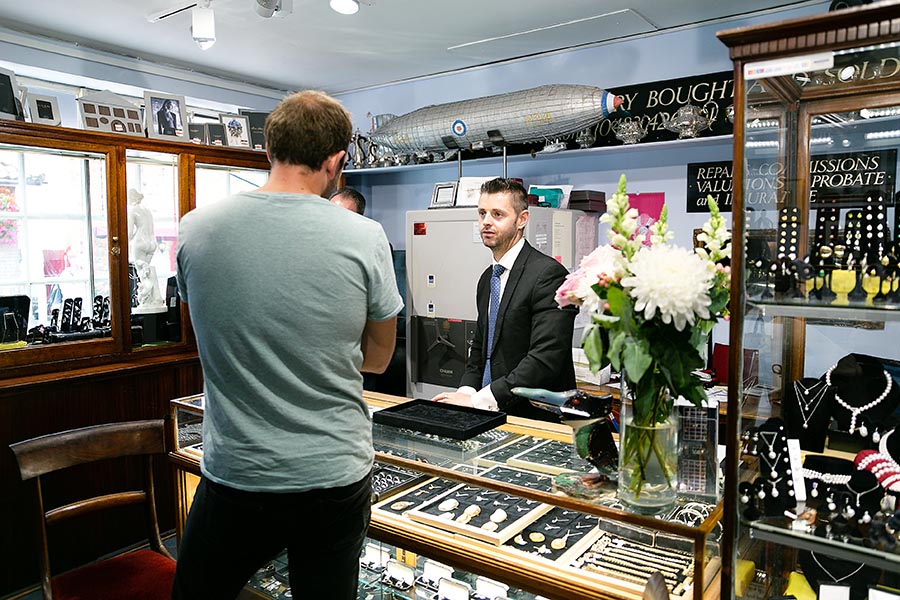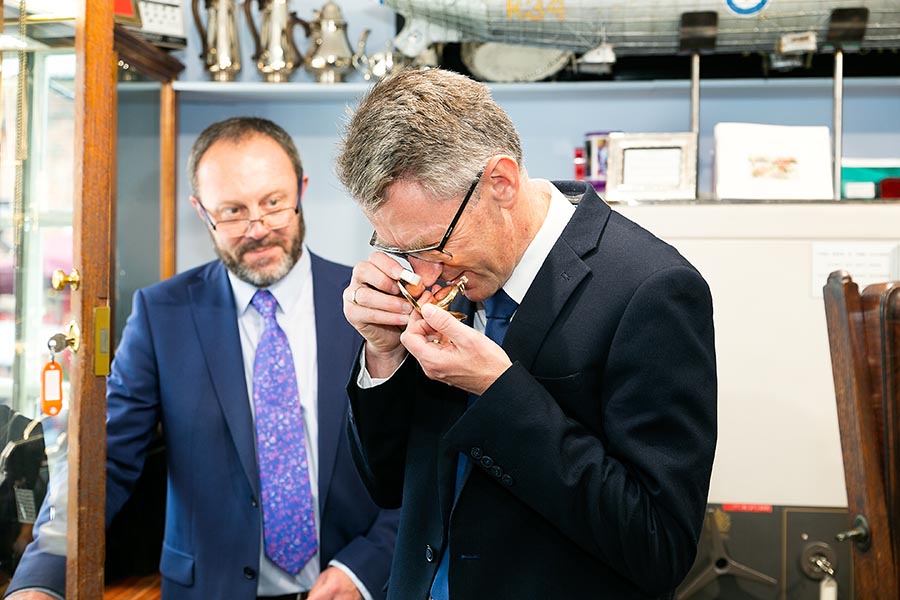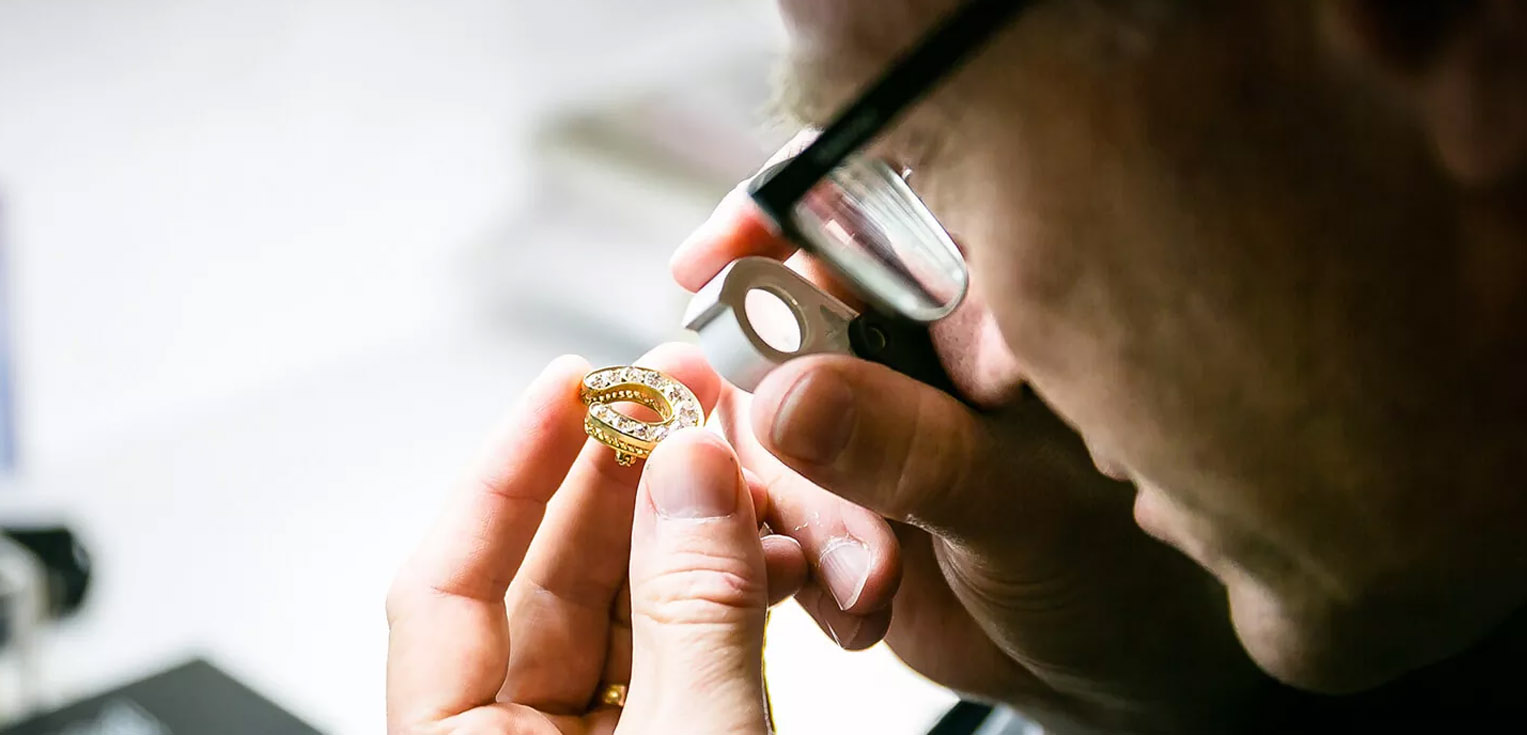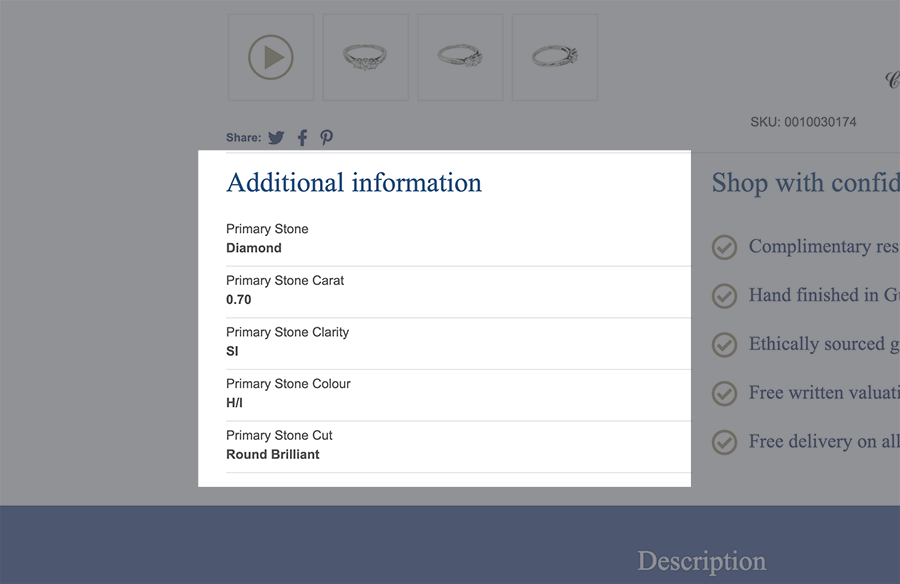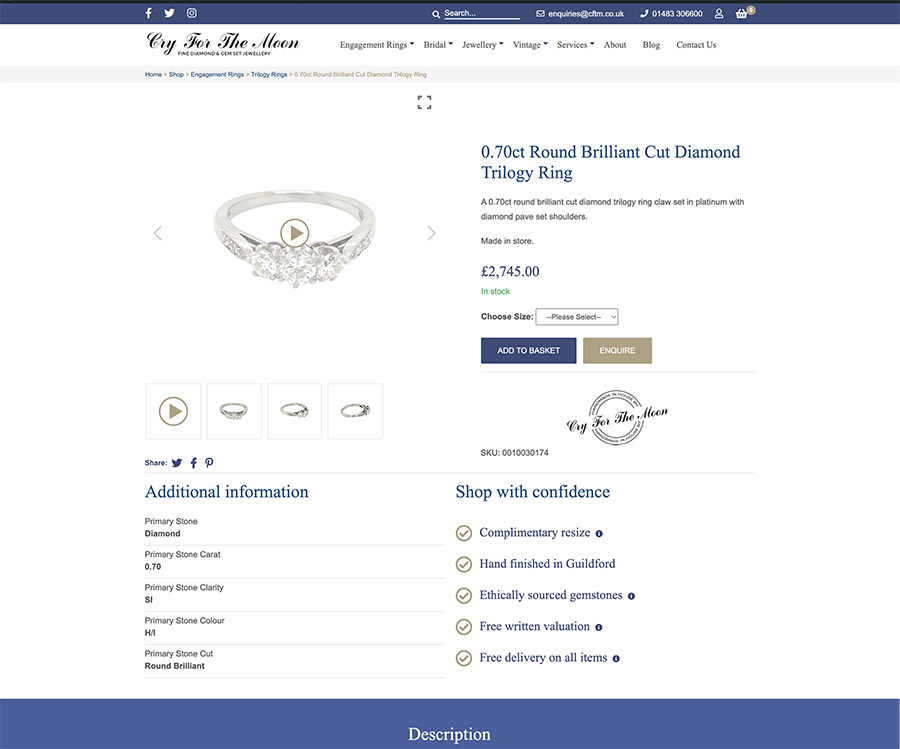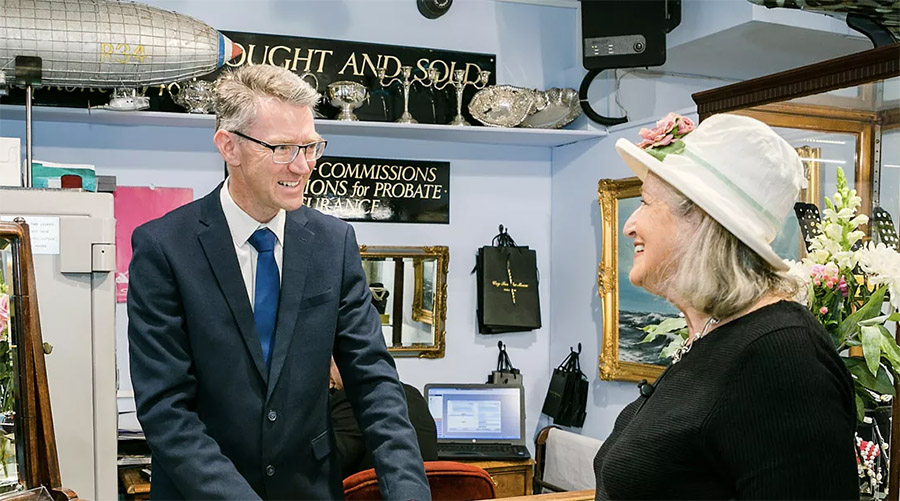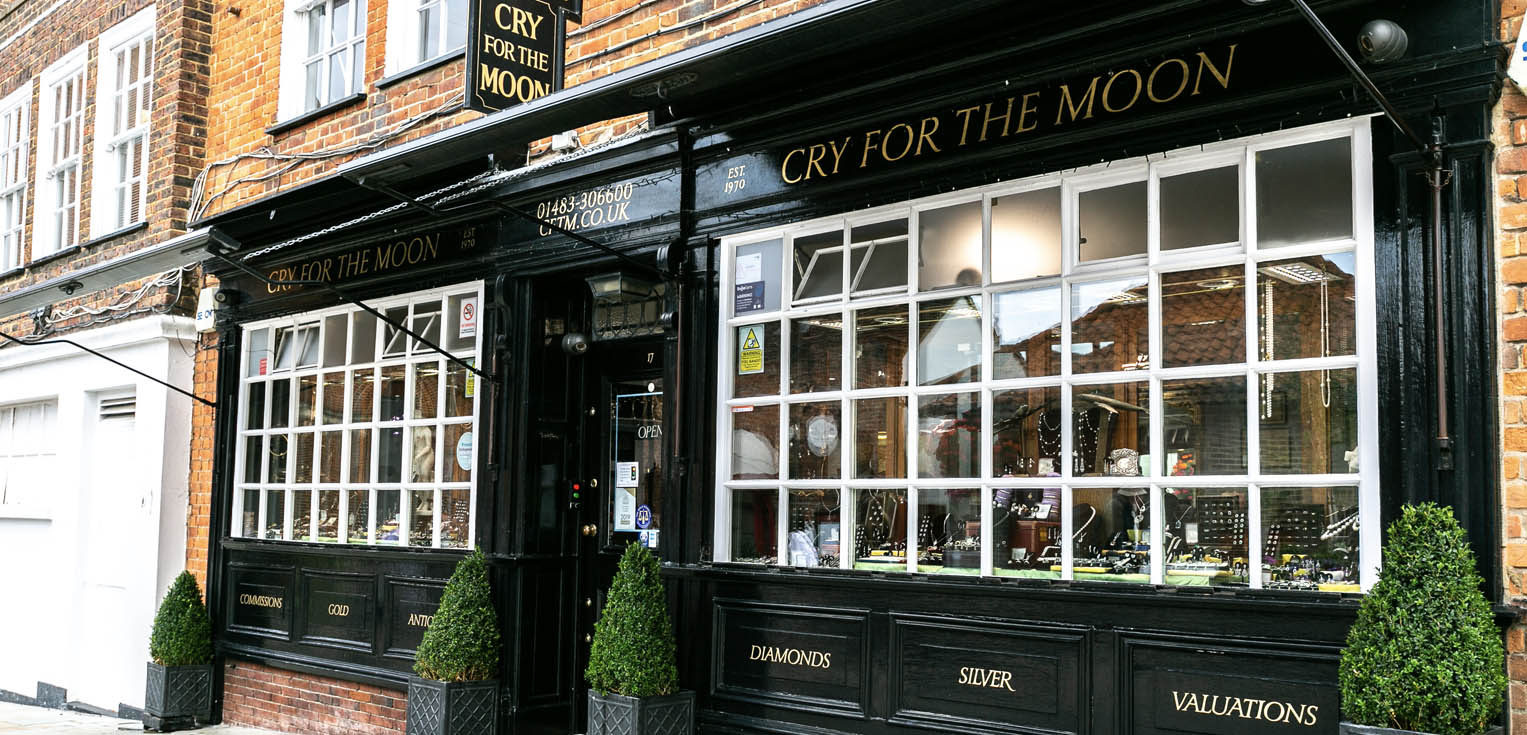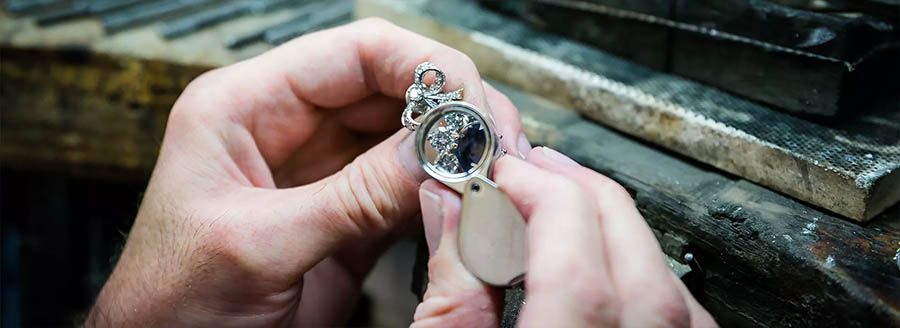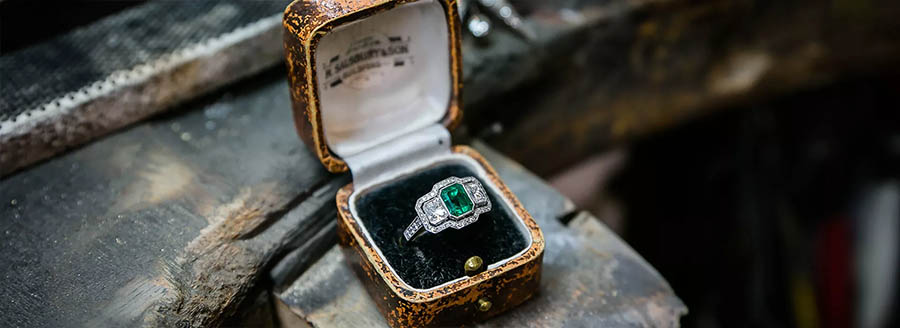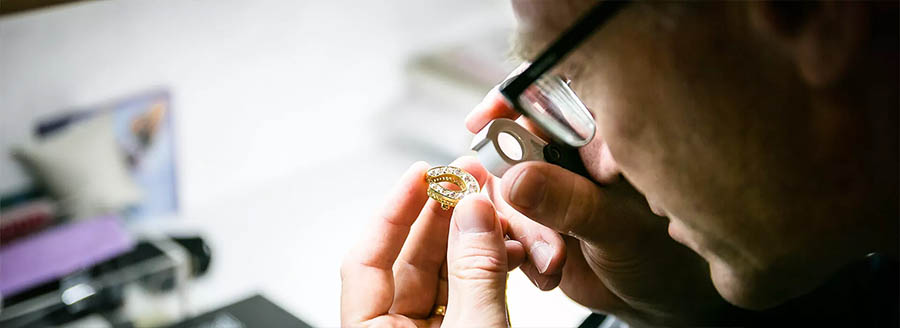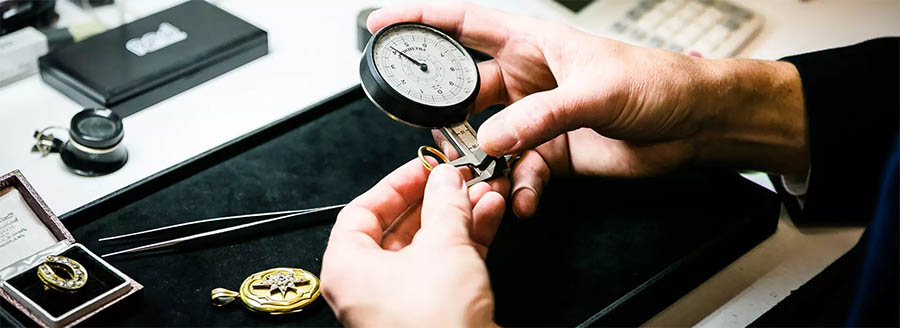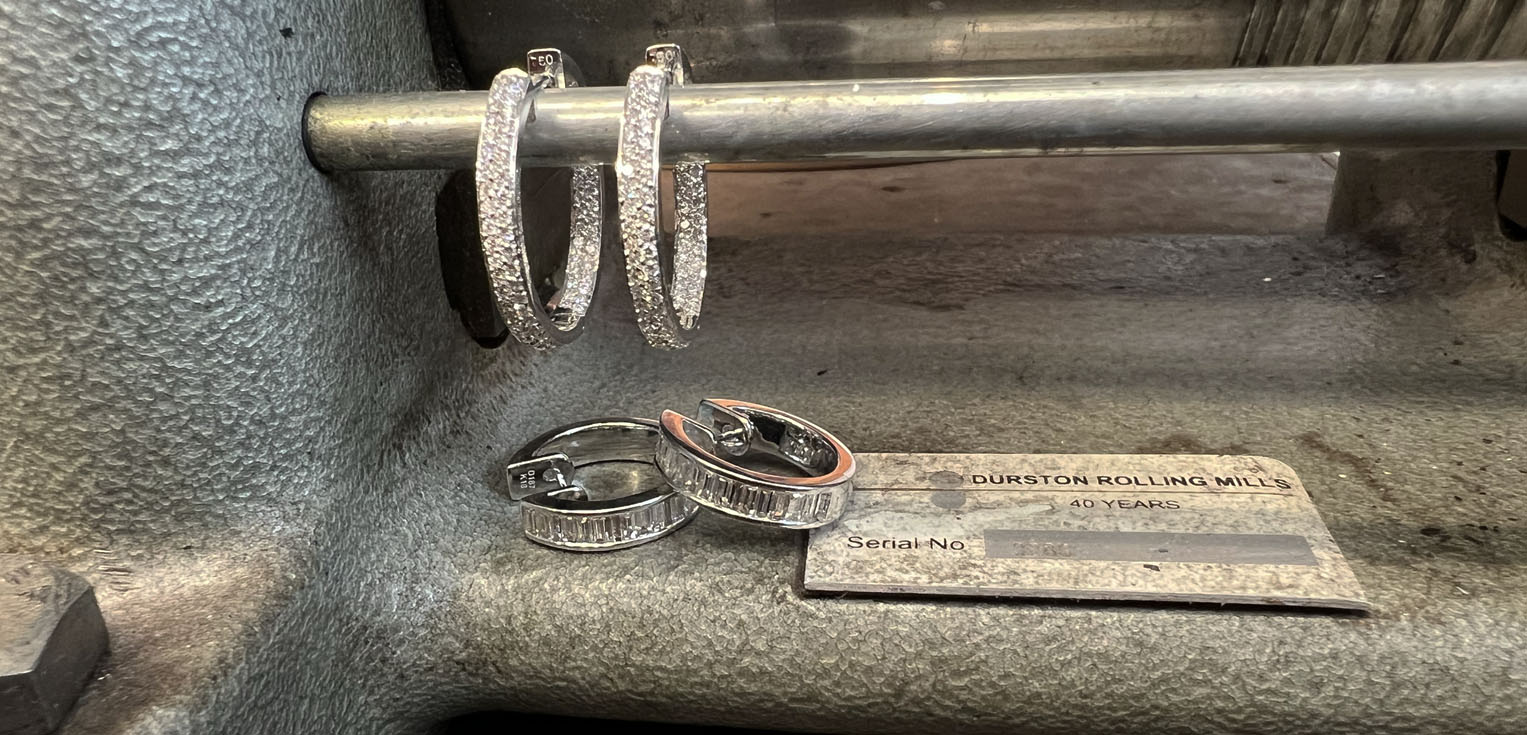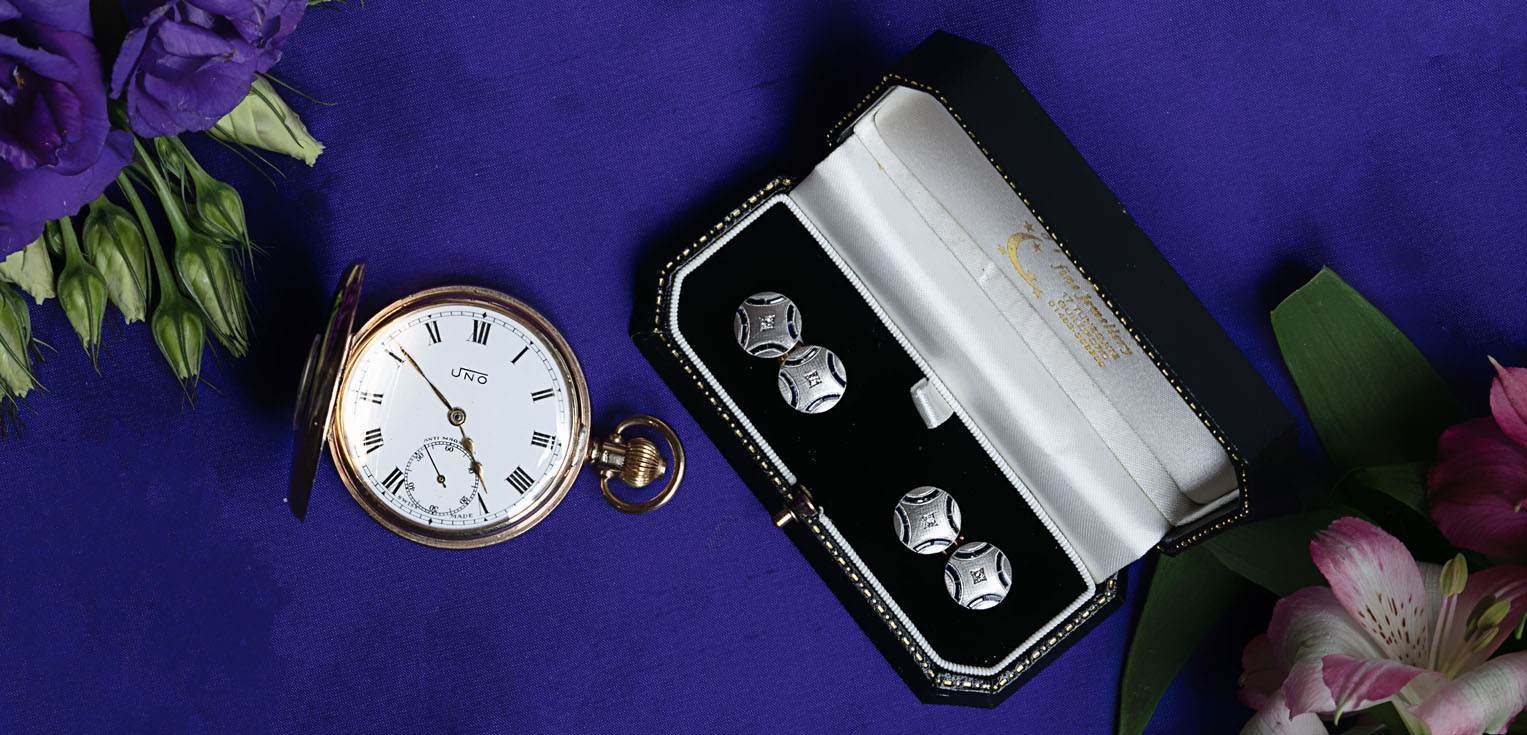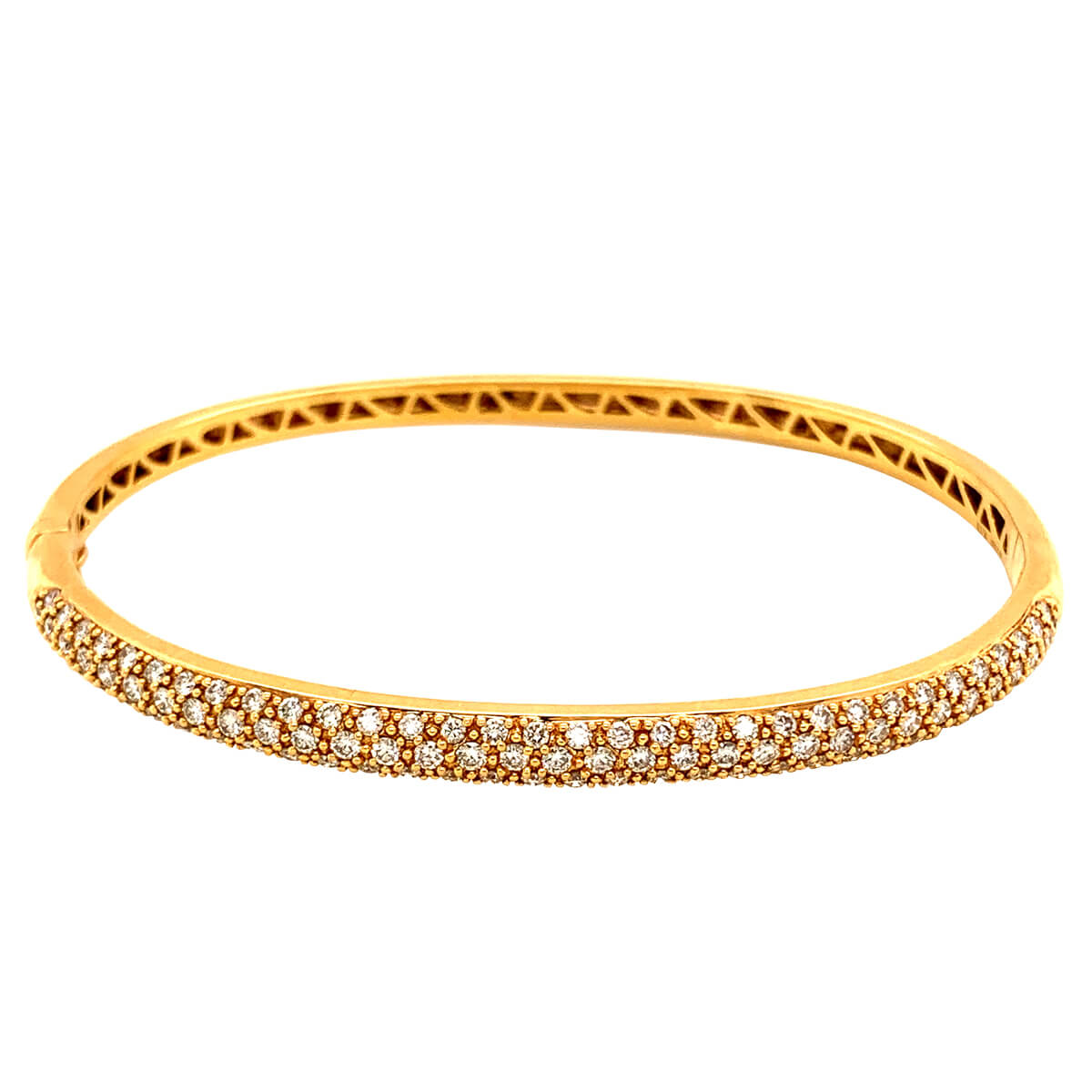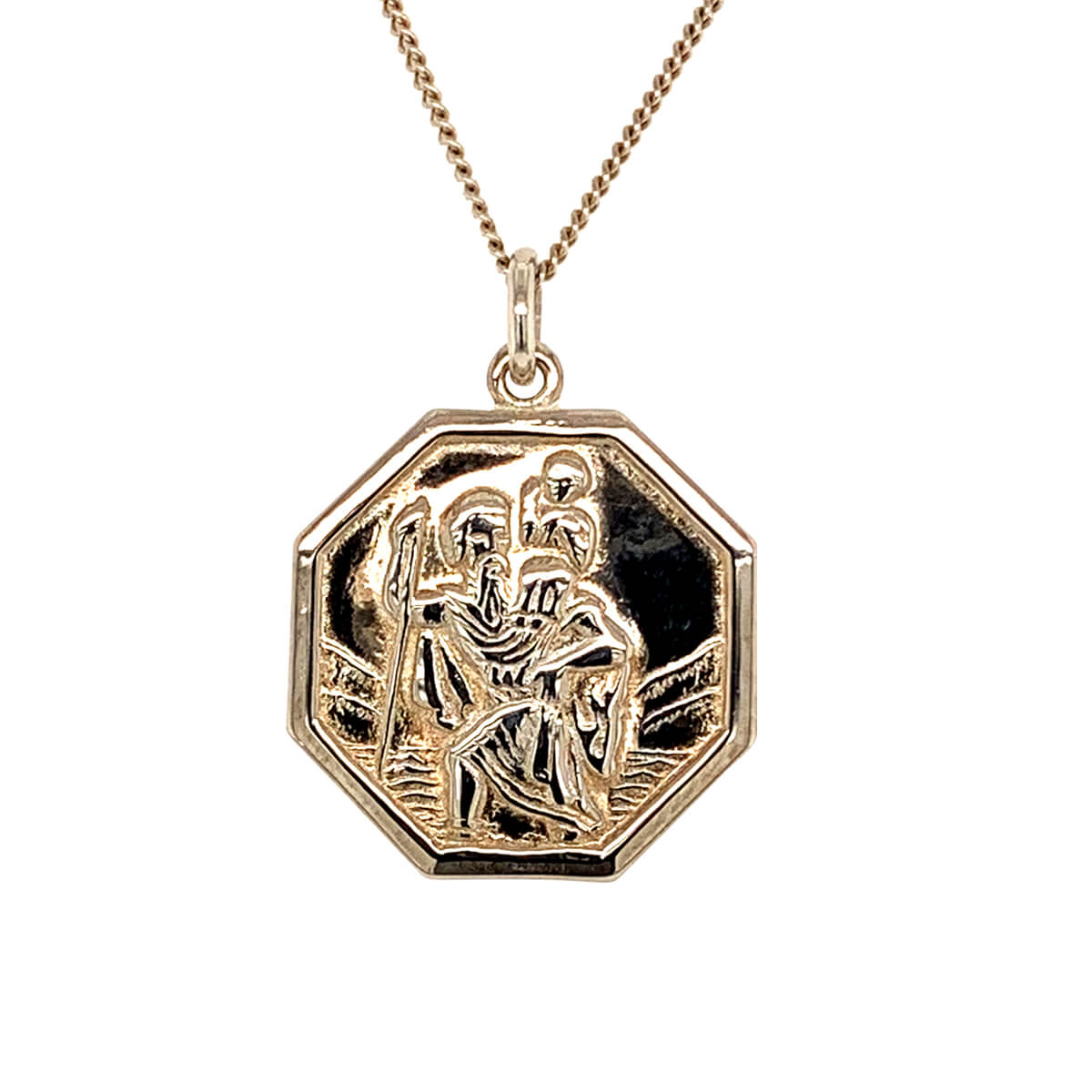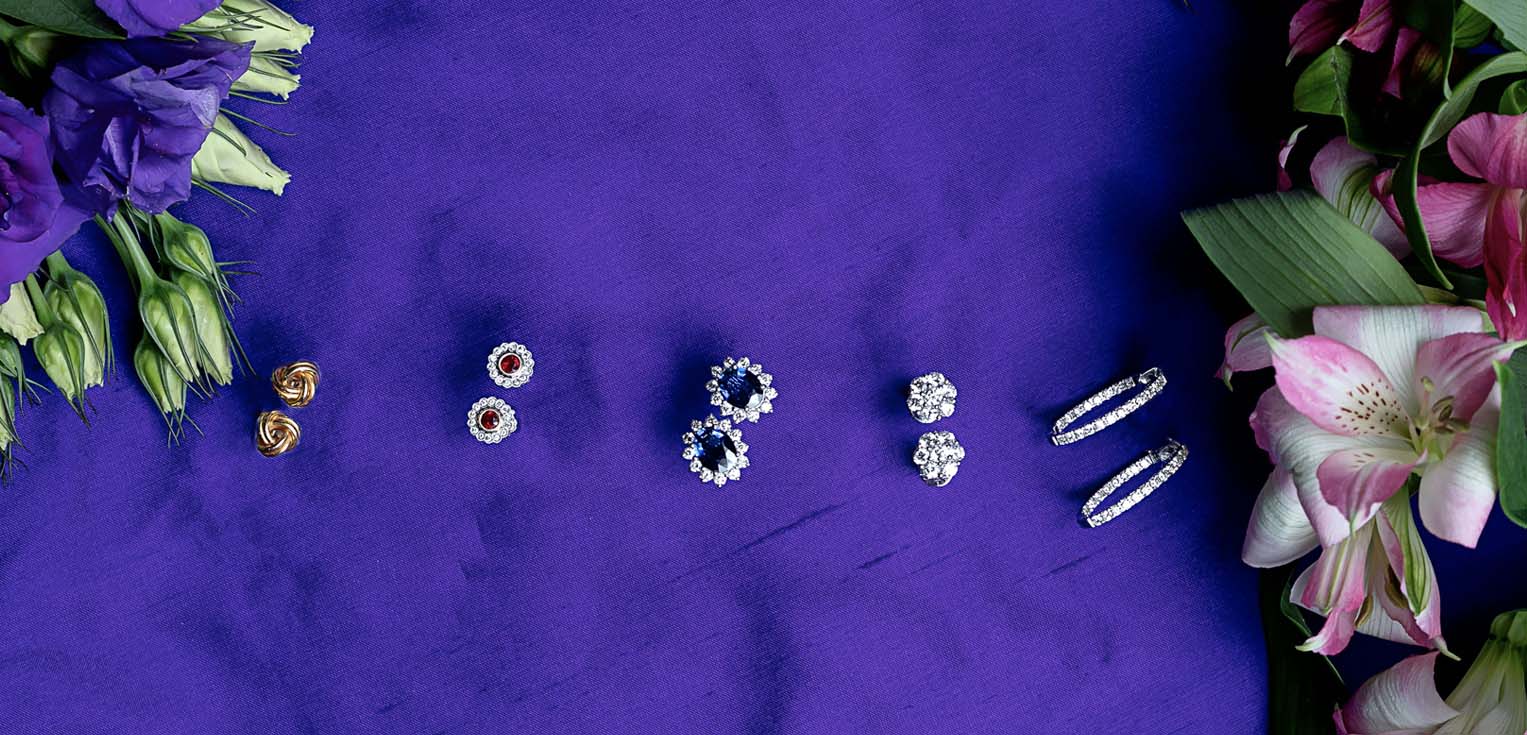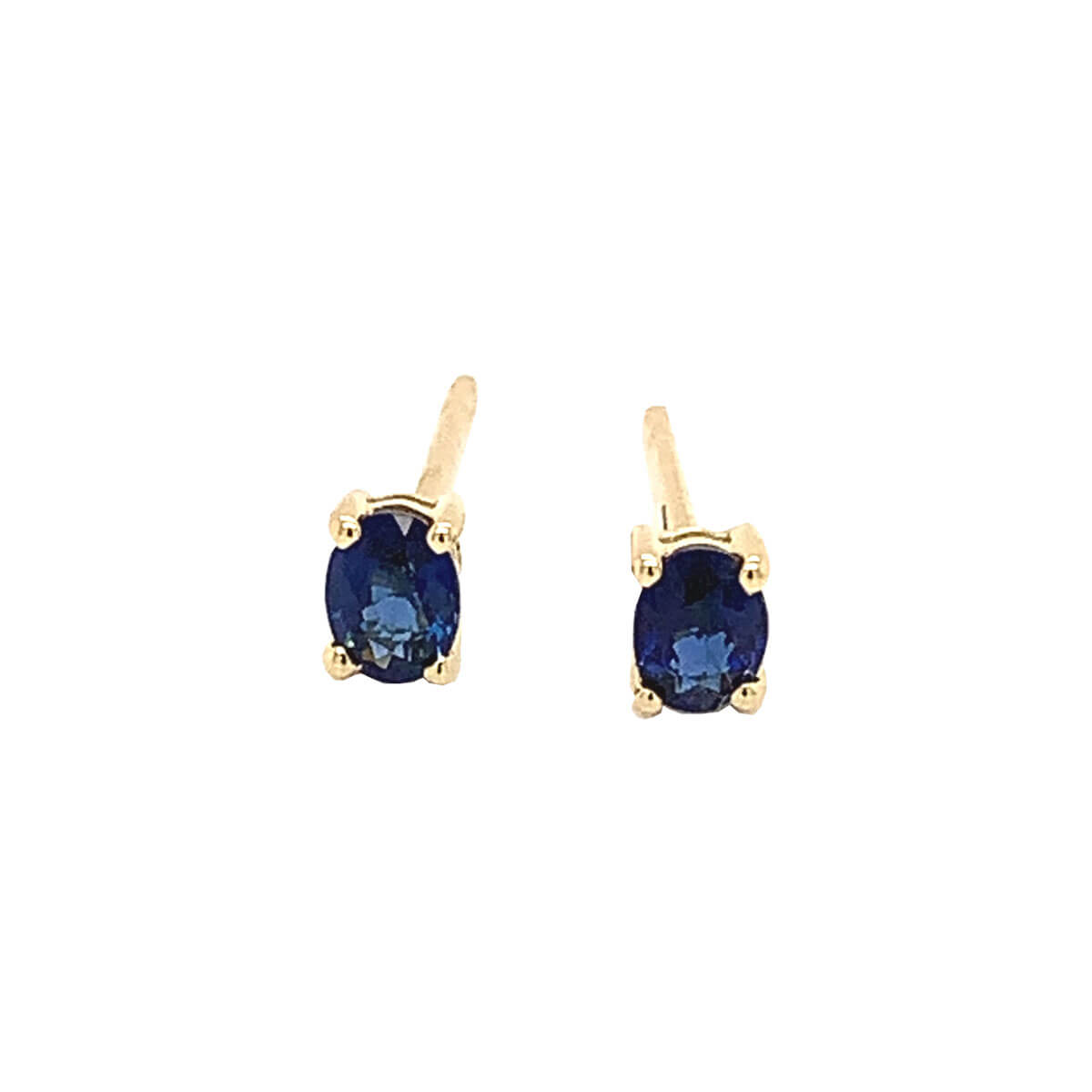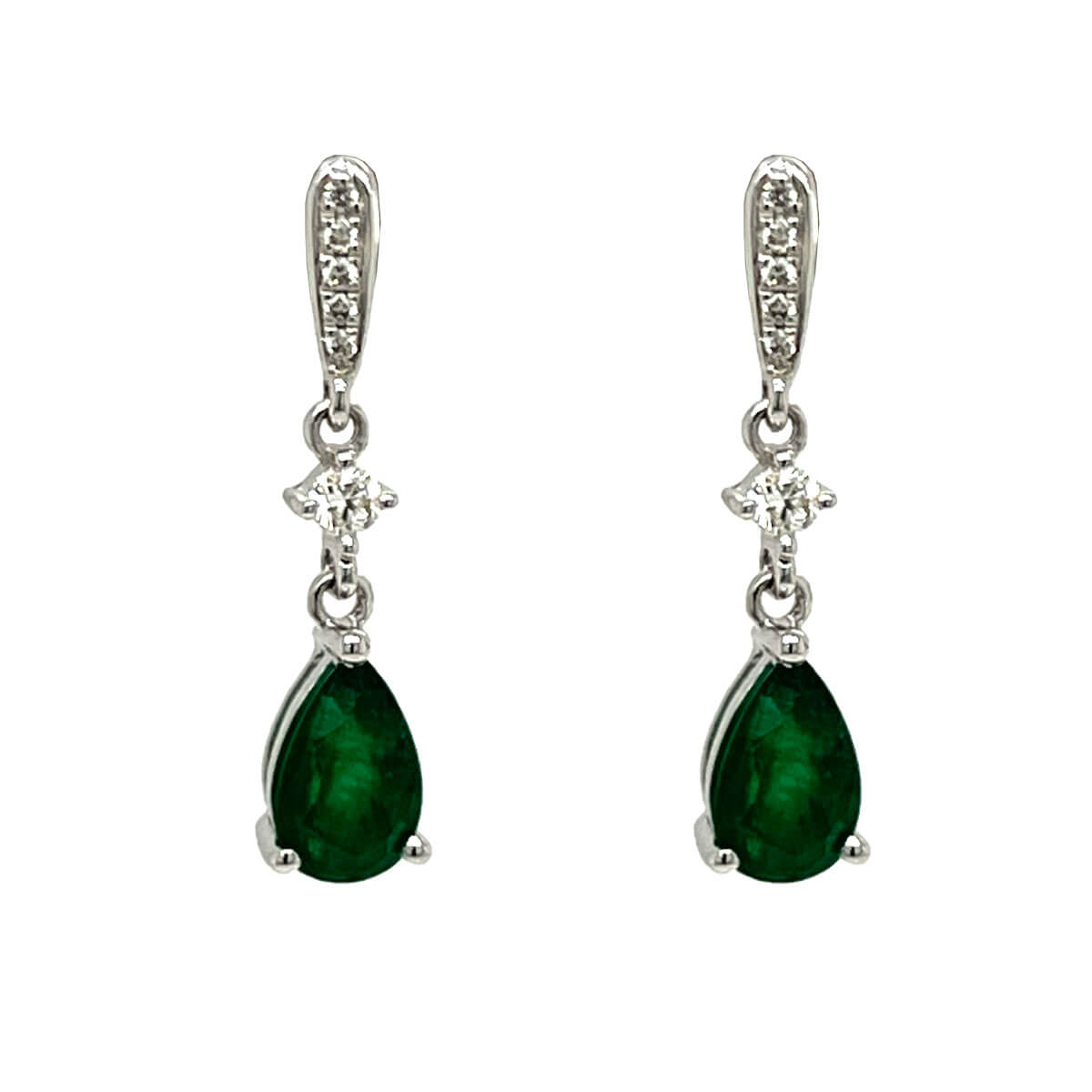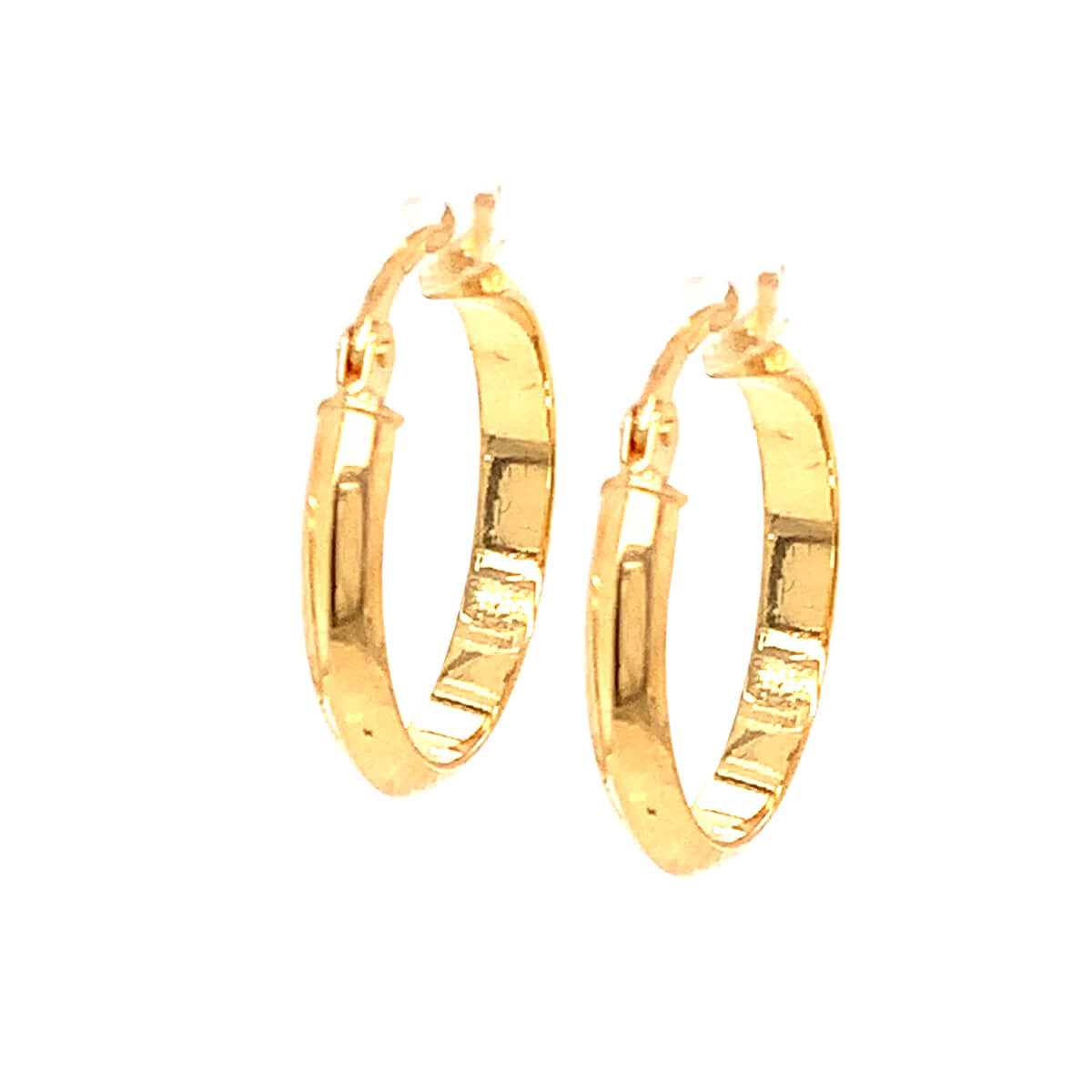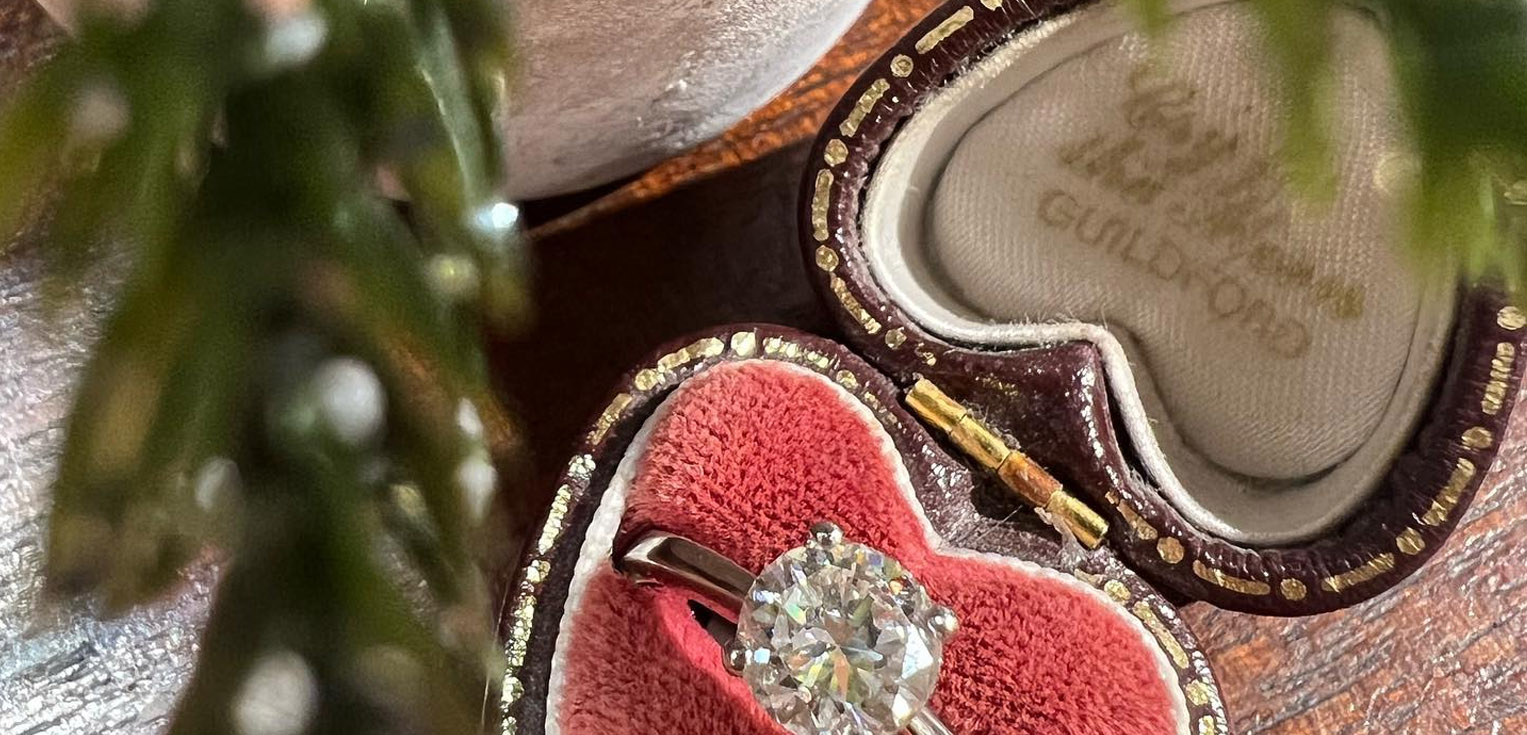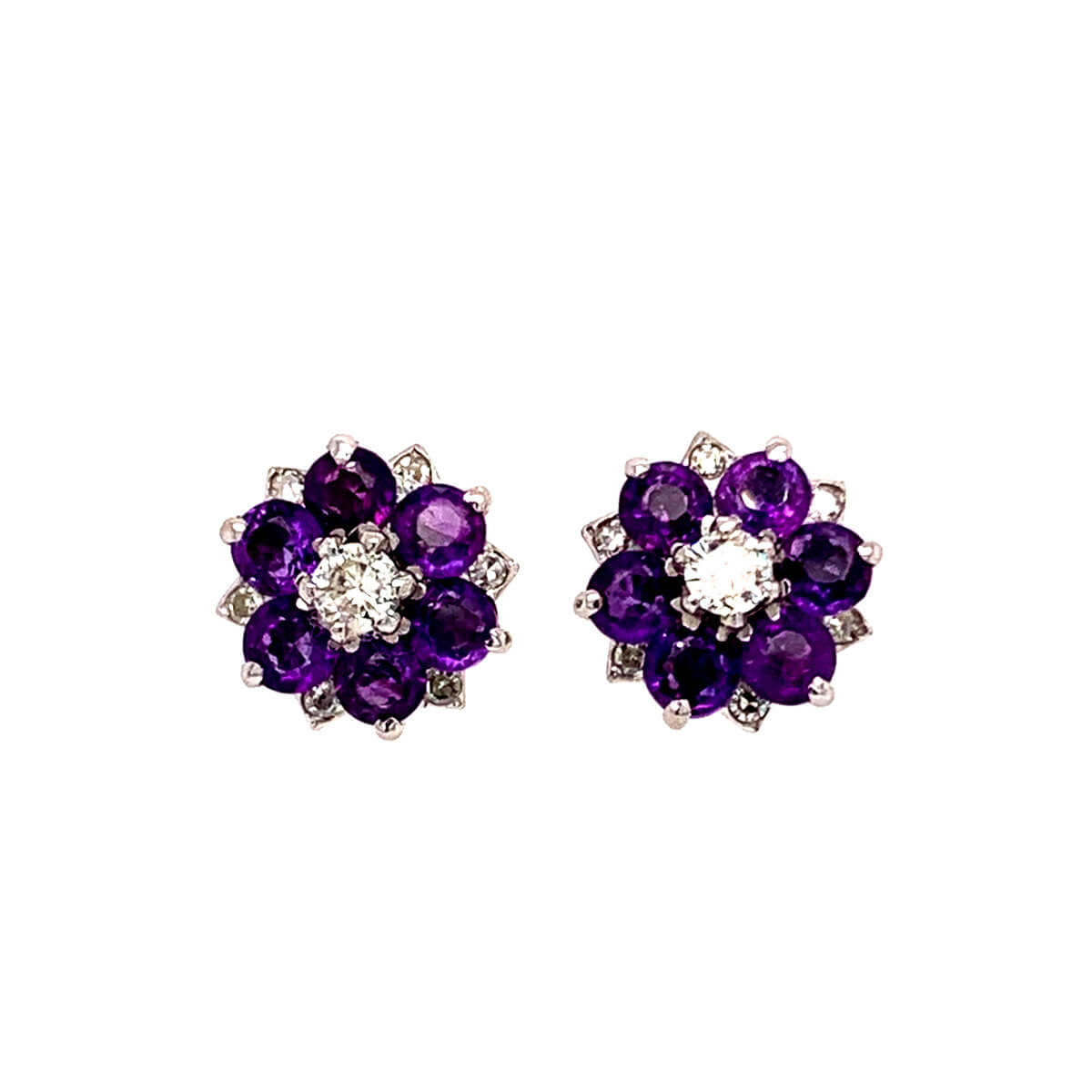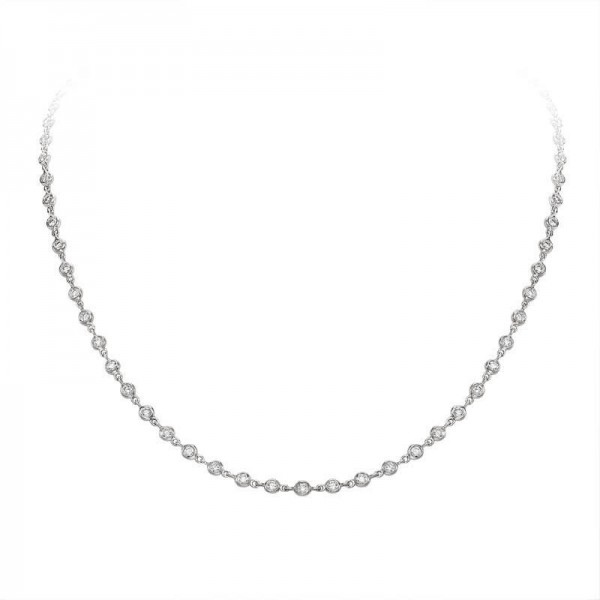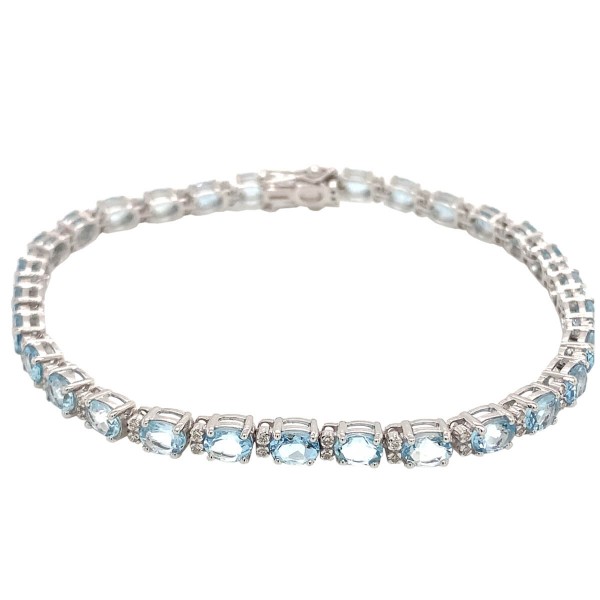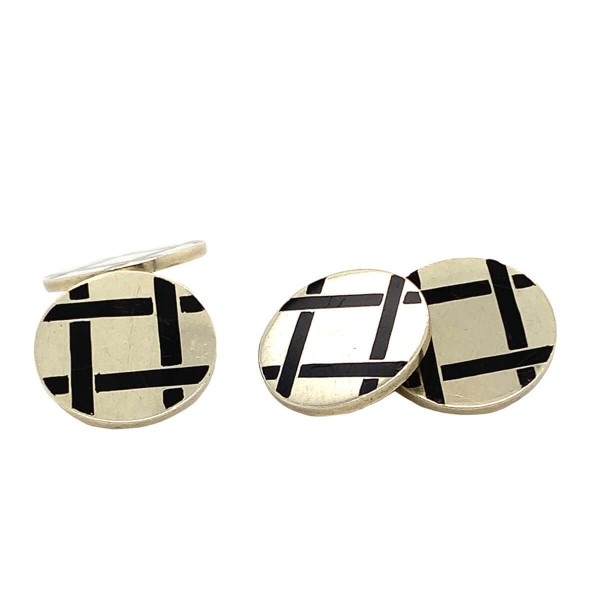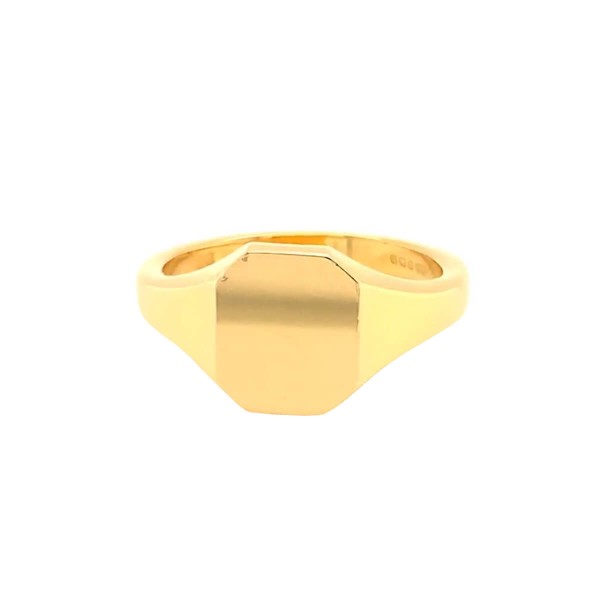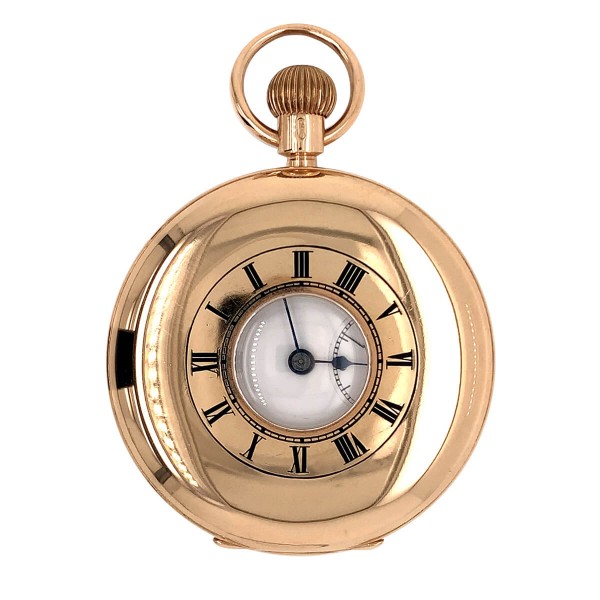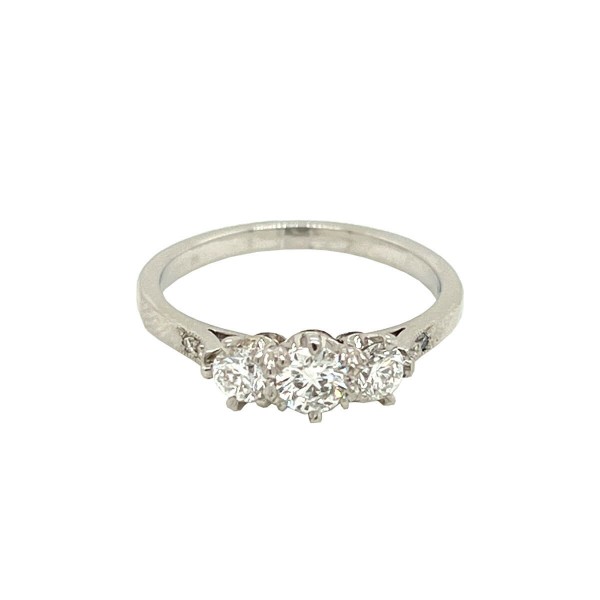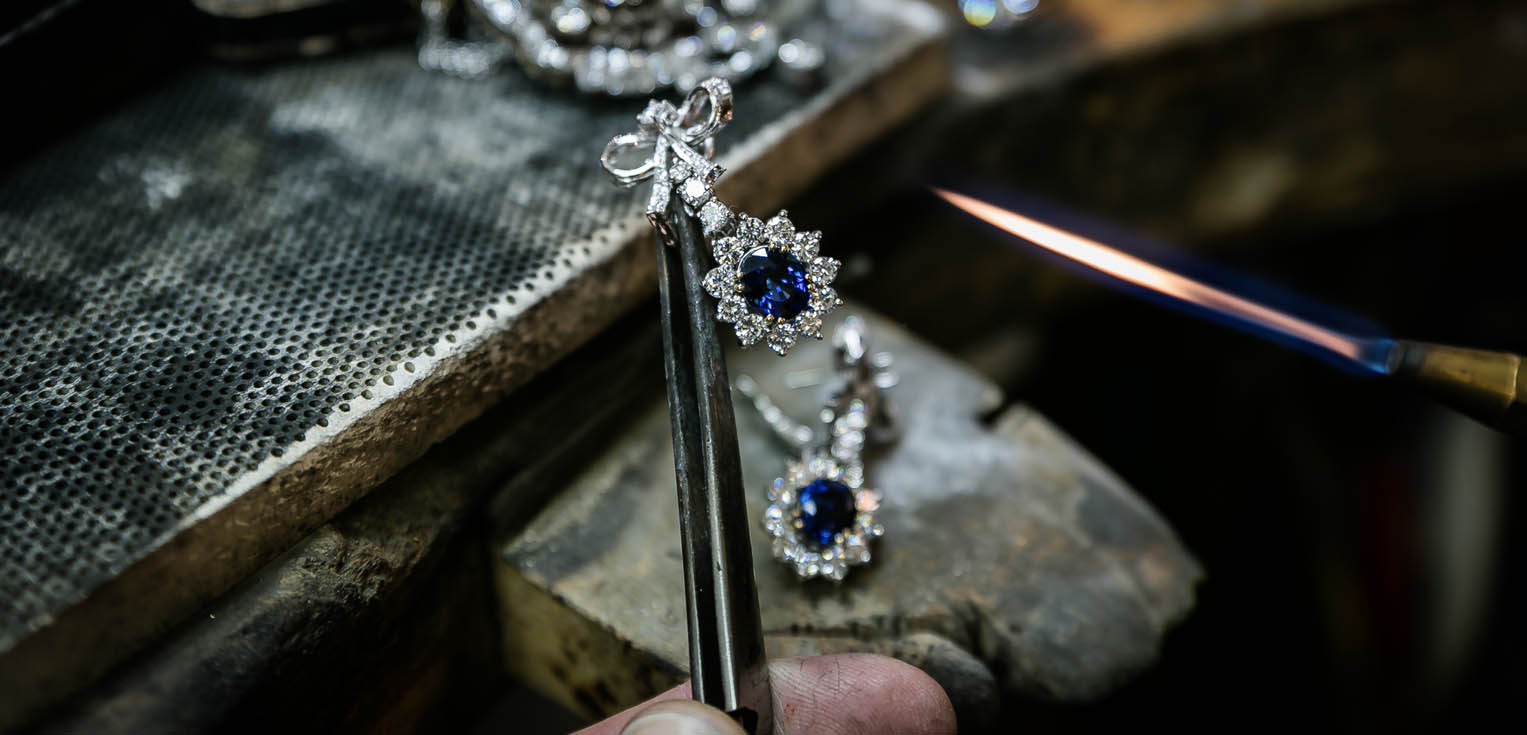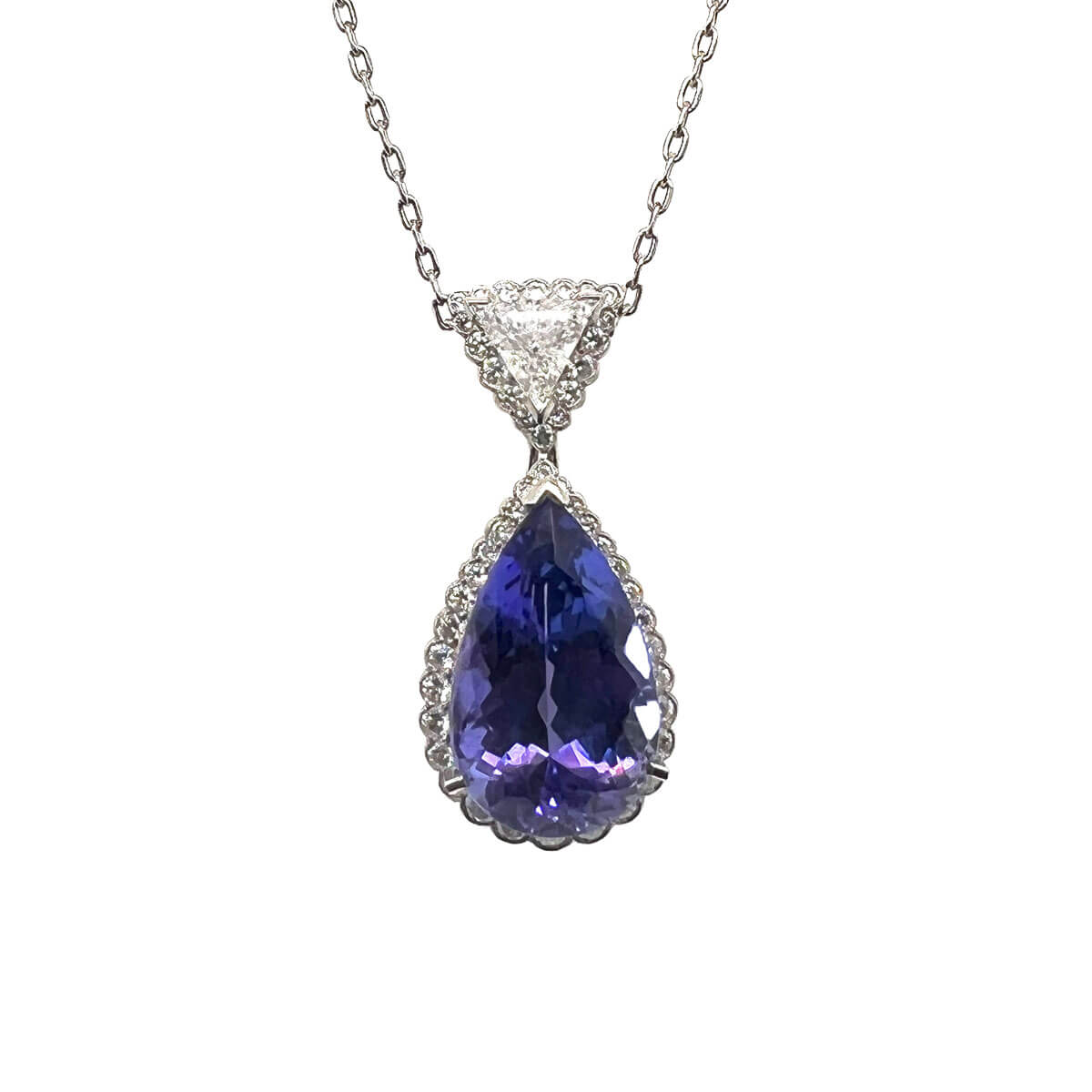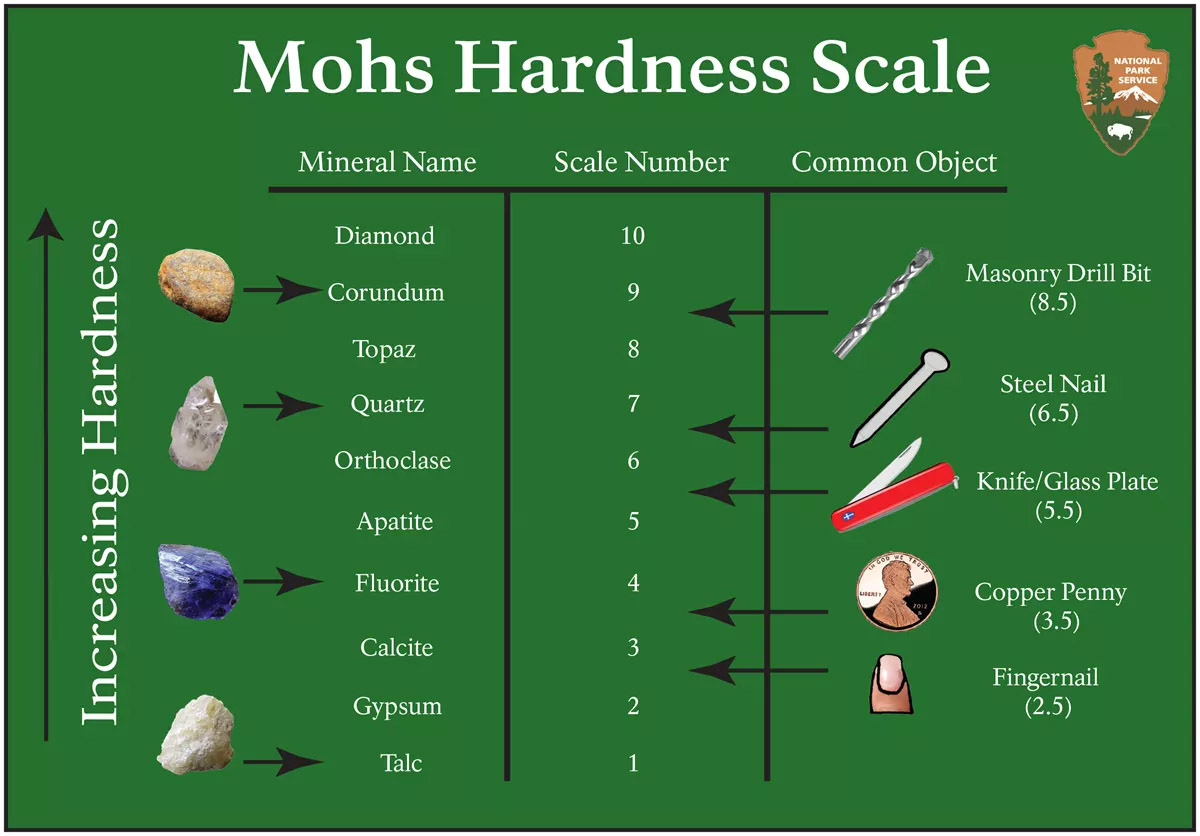From classic gold jewellery you adorn every day, to statement pieces saved for special occasions, jewellery can become dull or dirty over time.
It is important to regularly clean your jewellery collection to maintain the structure and the sparkle of your gold jewellery pieces. The good news is, often you can tackle jewellery cleaning at home, with simple household products you may already have, like dish soap or bicarbonate of soda!
Whether you want to buff out some surface scratches, or bring the shine back to your special heirloom jewellery, here is a step by step guide to making your gold sparkle at home.
How to clean gold jewellery
Whether you have yellow, white or rose gold jewellery in need of a clean, follow these simple steps to get your jewellery glistening at home.
What you’ll need:
- A bowl
- Warm water
- Mild dish soap
- Soft toothbrush – like a baby toothbrush
- Soft cloth or microfibre towel
Prepare your cleaning solution
When it comes to cleaning gold jewellery, you can create an effective and inexpensive cleaning solution with items you’ll likely already have at home. Mix a few drops of mild dish soap into a bowl with some warm water to create a gentle cleaning solution suitable for gold jewellery.
Soak your gold jewellery
Carefully place your gold jewellery into the bowl with the soapy water, and allow it to soak for 10-15 minutes. This will help to soften any dirt or grime, making it easier for you to clean in the next step.
Scrub your jewellery to remove dirt
Remove your jewellery from the water, and use a soft-bristled toothbrush, such as a baby toothbrush, or a soft cloth to gently scrub the jewellery. Pay attention to any areas that are particularly dirty.
While gold is a precious metal and is known for its strength and resilience, remember to be gentle when scrubbing your jewellery to avoid causing any damage, like bending or deeply scratching the metal. Try using soft, circular scrubbing motions.
Rinse your jewellery
Next, hold your jewellery under warm water to rinse any soapy residue or remaining dirt off your jewellery.
We recommend placing your jewellery in a sieve, or putting the plug in the sink, to ensure you don’t lose it! Alternatively, you could place your jewellery in another bowl filled with clean, warm water.
Dry your jewellery
Be sure to dry your newly clean jewellery thoroughly with a soft dry cloth or microfiber towel. Avoid air drying as this may leave water marks on your jewellery.
Finish off with a polish
To add some extra sparkle, you can use a jewellery polishing cloth to gently buff your gold jewellery.
Dealing with tarnished gold jewellery
For pieces that are more heavily tarnished or grimy, you can take some additional steps to tackle tarnished gold jewellery at home.
One option is to mix one tablespoon of baking soda with warm water to form a paste, with a similar consistency to toothpaste. Dip a soft toothbrush into the paste, then gently scrub the most tarnished areas of your gold jewellery.
You can also give them an additional soak. Try lining a bowl with aluminum kitchen foil, then mix together a small amount of baking soda, salt, and hot water together. Pour this into the foil lined bowl and give your jewellery another 10-15 minutes soak, before scrubbing and rinsing.
Tips for cleaning different types of gold jewellery
While solid gold jewellery can be treated with the above steps, other types of gold jewellery may need slightly different cleaning measures.
How to clean gold-plated jewellery
Gold-plated jewellery is often more delicate than sold gold jewellery, so you will need to be careful when cleaning it. Avoid using too much pressure when scrubbing or polishing, as this may remove some of the goldplating.
Cleaning gold jewellery that has gemstones
Another consideration when cleaning gold jewellery is to be mindful of any gemstones, like diamonds. Be extra gentle when cleaning around gemstones, so that you don’t dislodge or damage them. Consider using a cotton pad or cotton bud dipped in your cleaning solution to gently wipe over gemstones.
How to look after gold jewellery
Here are some top tips to help look after your gold jewellery to make the most of your cleaning session.
Avoid exposure to chemicals
Keep your jewellery away from chemicals such as bleach or other household cleaning products, and body lotions, perfumes or suncream. Take off your jewellery when cleaning or sunbathing to avoid exposure to harsh and potentially damaging chemicals.
Take jewellery off before exercising
We recommend taking your jewellery off before exercising as this may expose the jewellery to sweat or chlorine in swimming pools. Extended exposure to these may cause corrosion.
Similarly, jewellery can get damaged by exercise equipment or become a hazard, at risk of getting caught in equipment.
Invest in jewellery storage
It is important to store your jewellery out of direct sunlight and in a cool, dry place. The best place to store your jewellery is in a jewellery box – a perfect excuse to treat yourself to one!
How often should you clean gold jewellery?
Try to treat your jewellery to regular cleaning sessions to avoid build up of dirt and grime. This will not only help keep them looking beautiful, but it can also stop unnecessary damage or weakness.
Be sure not to over clean though – we recommend cleaning jewellery you wear regularly, for example daily or weekly wear, once a month and for jewellery worn on special occasions, clean them every couple of months.
Final Thoughts
Regularly cleaning your gold jewellery can help to prevent damage caused by grime build up and extend their lifespan, as well as giving them a beautiful sparkle, making them feel brand new again.
Gold jewellery needing some extra TLC?
For particularly dirty jewellery, or pieces that need a little extra cleaning, why not book in for a jewellery cleaning and maintenance service. Our experts will gently but thoroughly clean your jewellery, for a small charitable donation.

